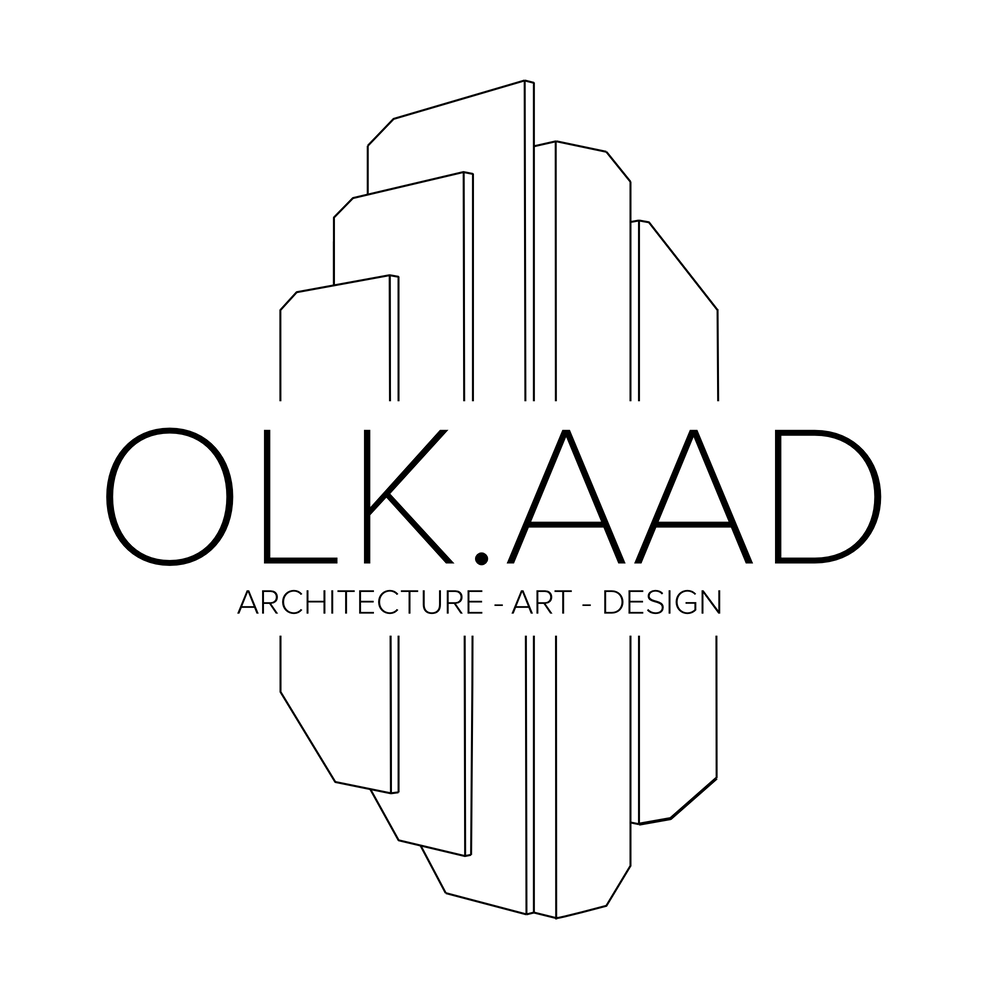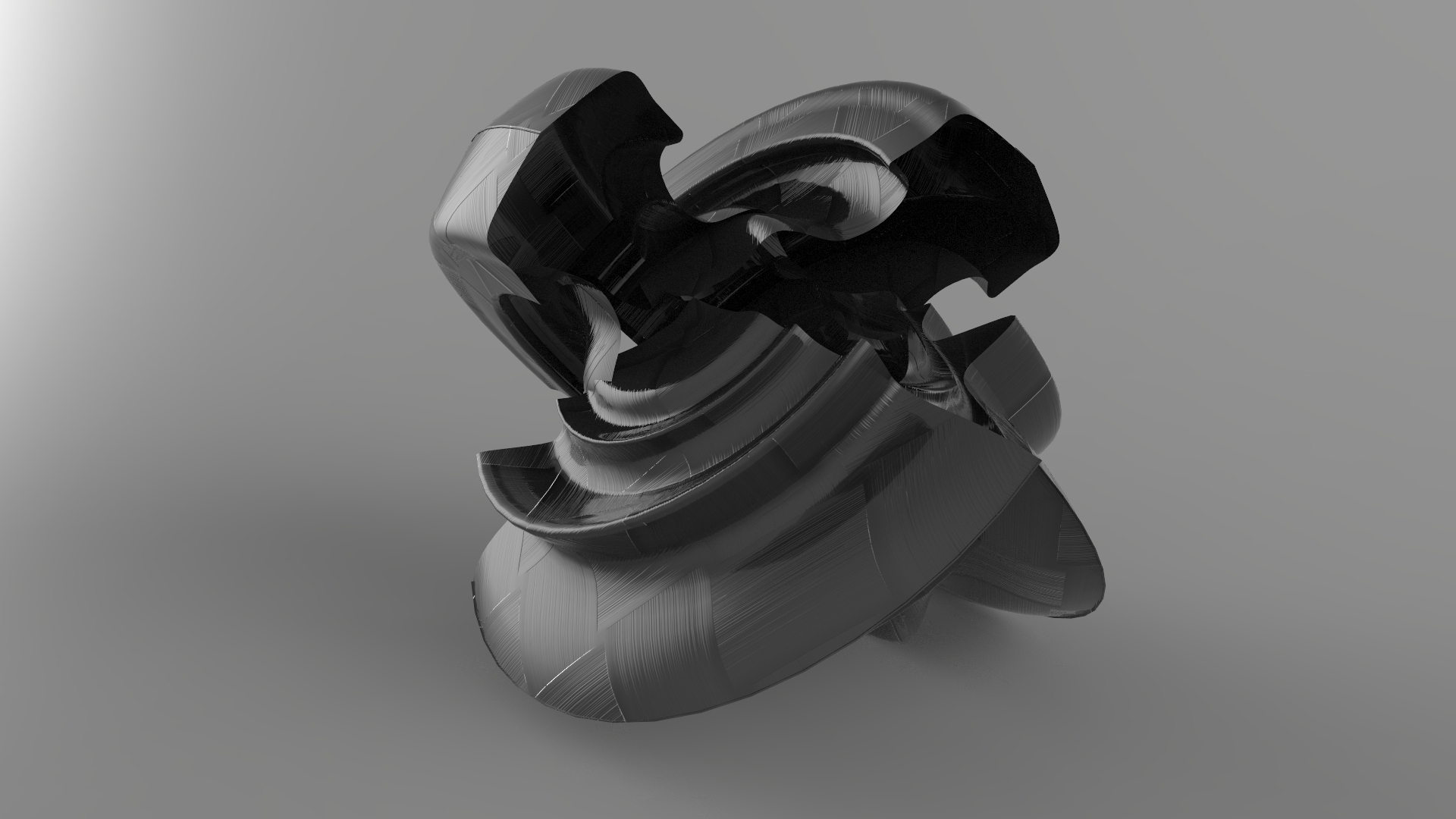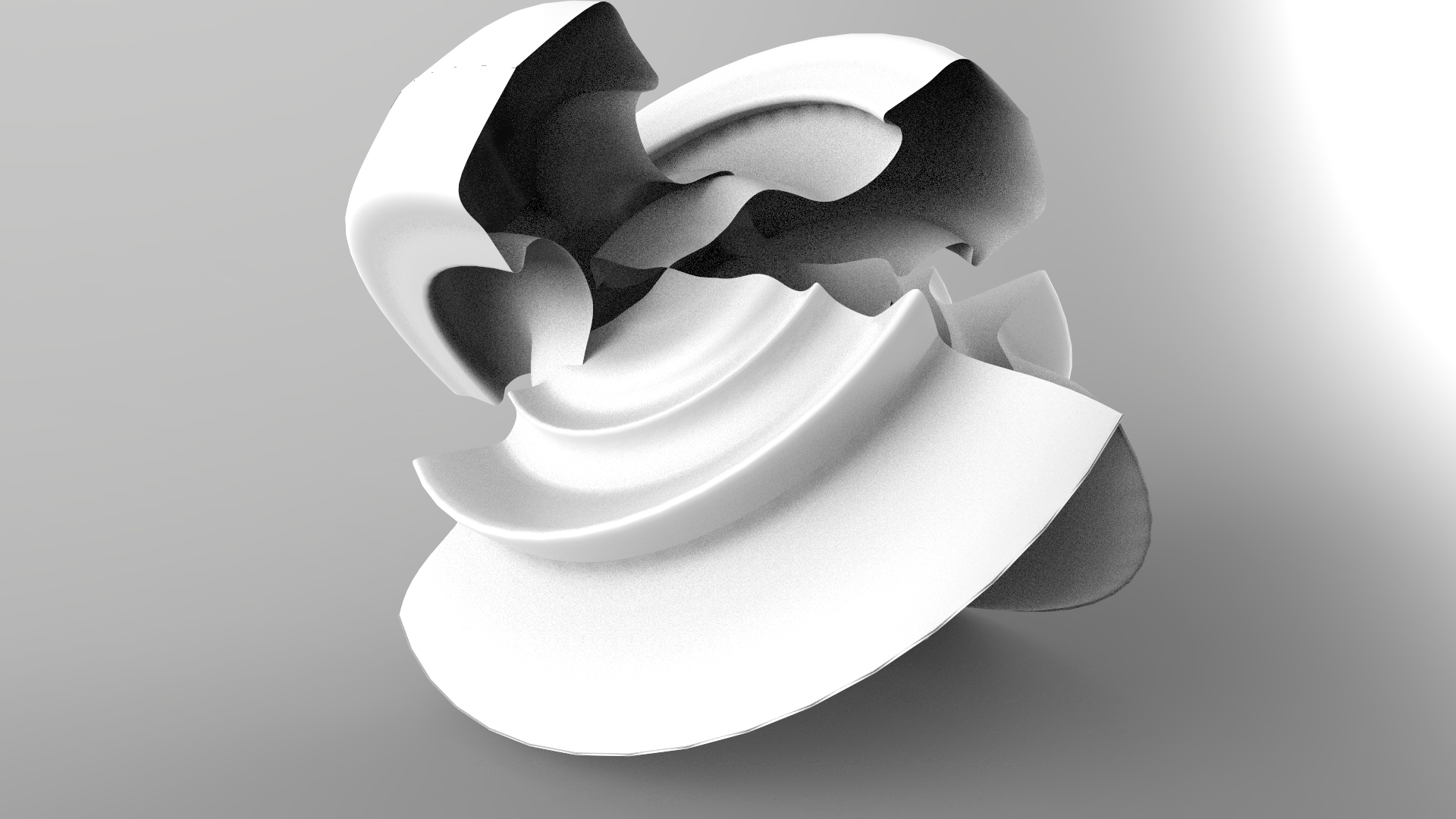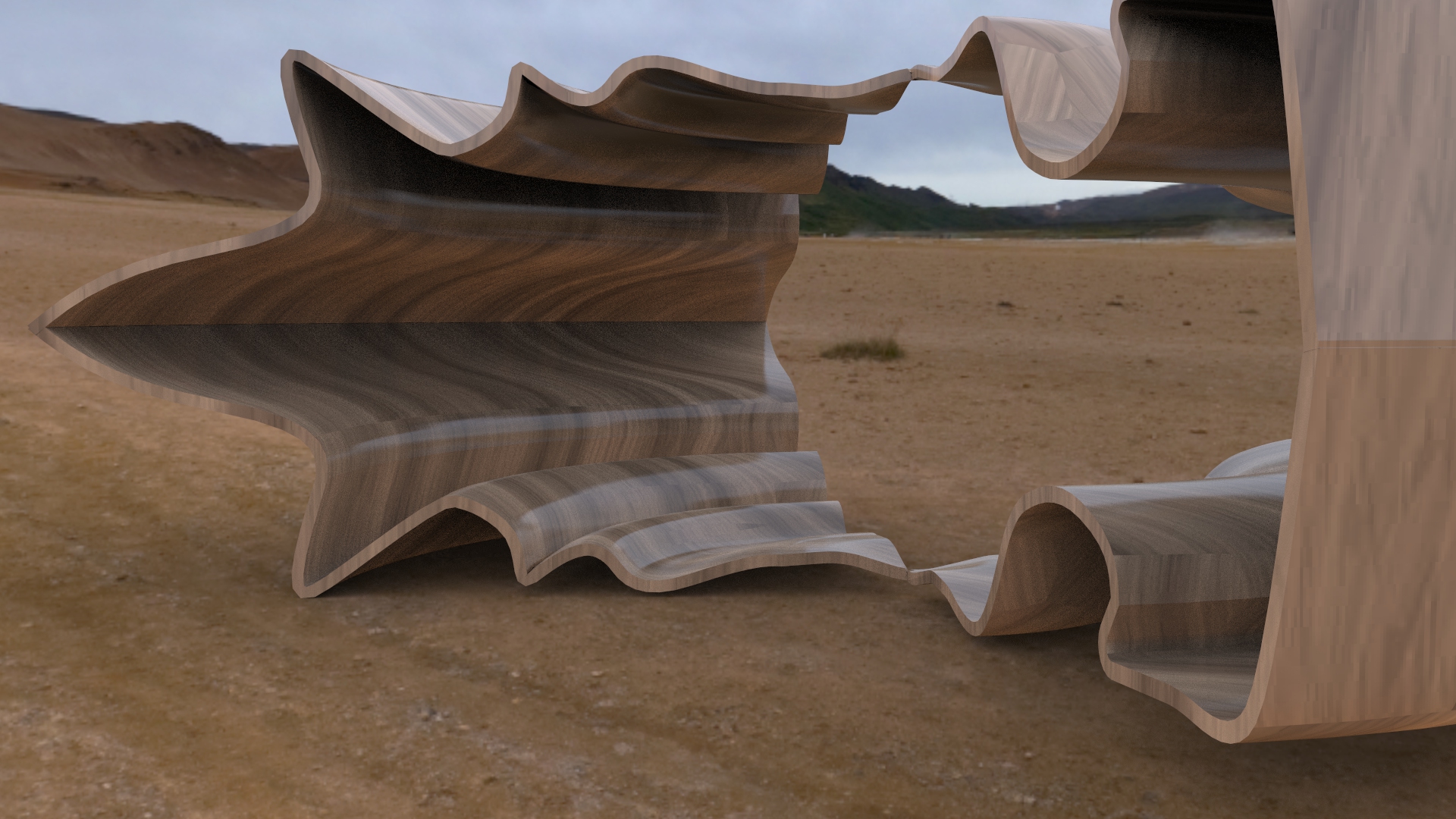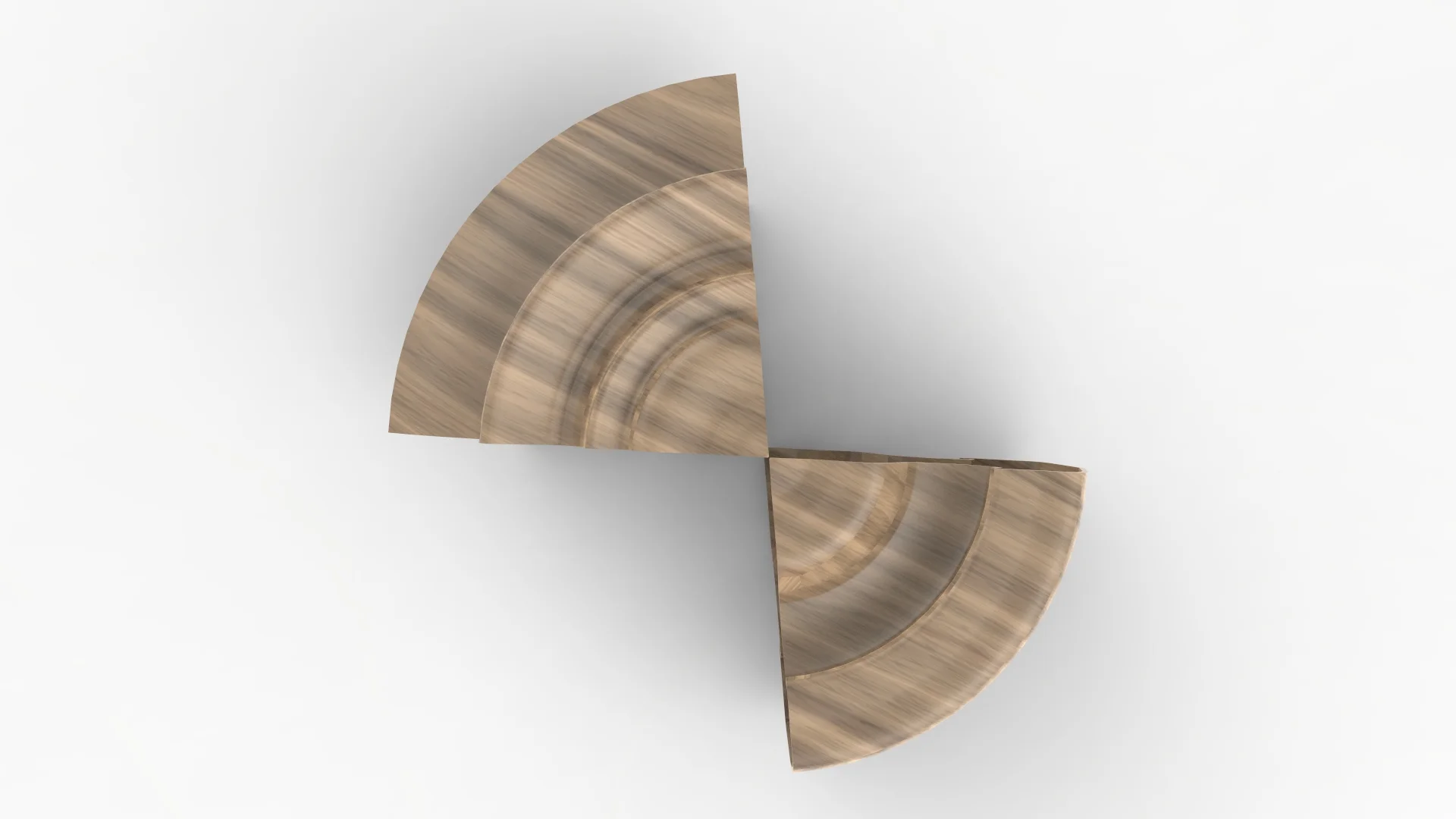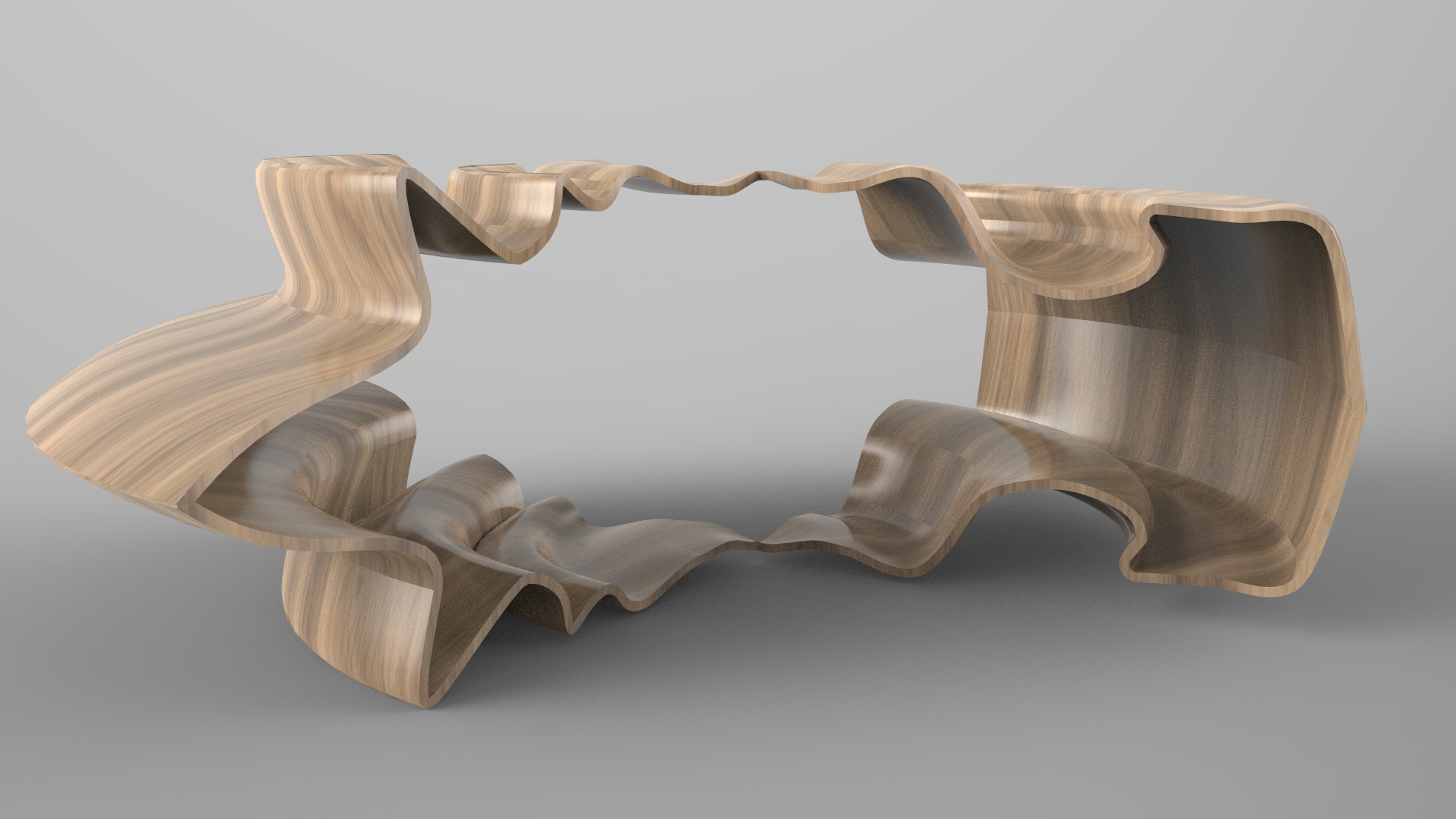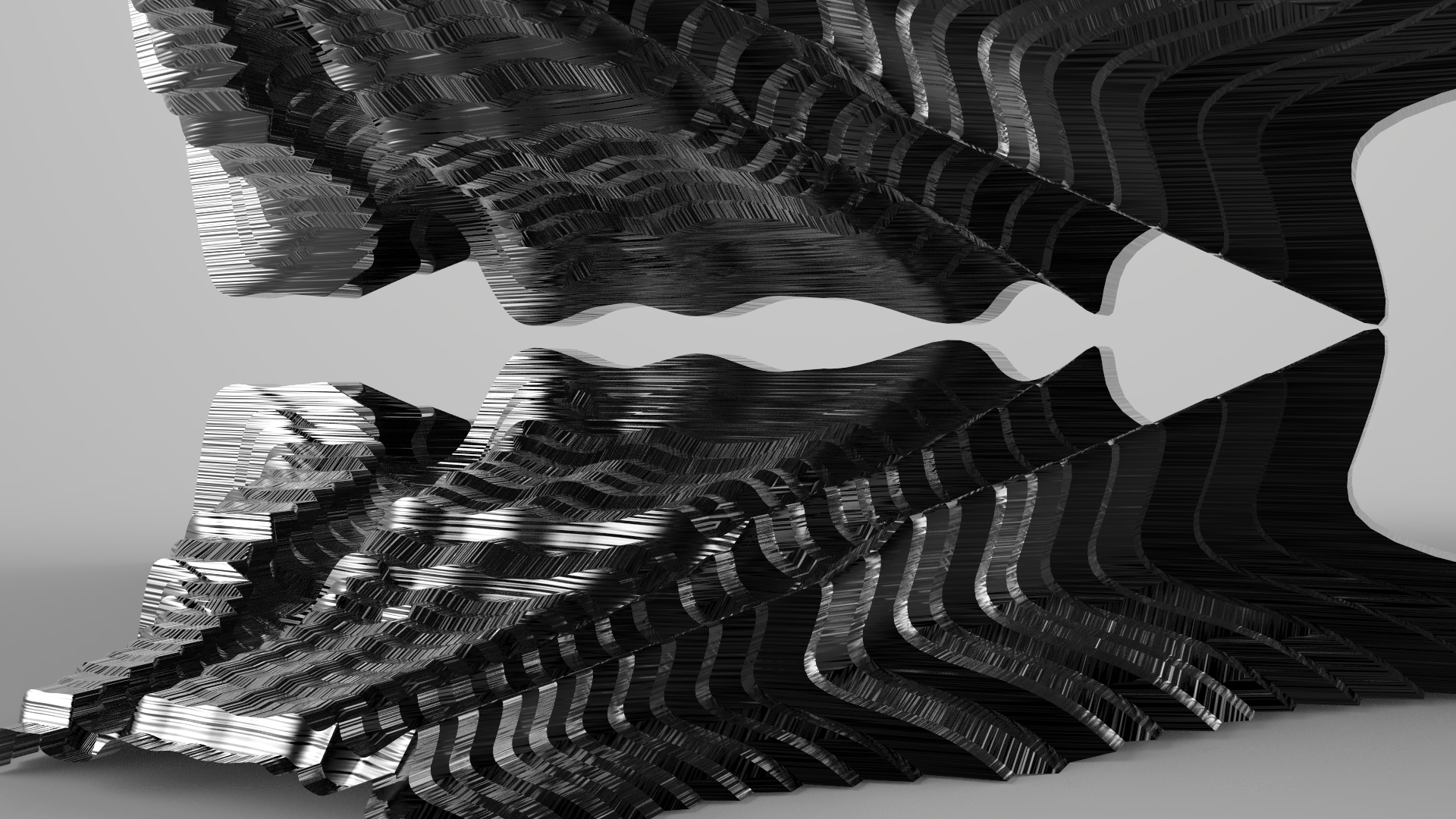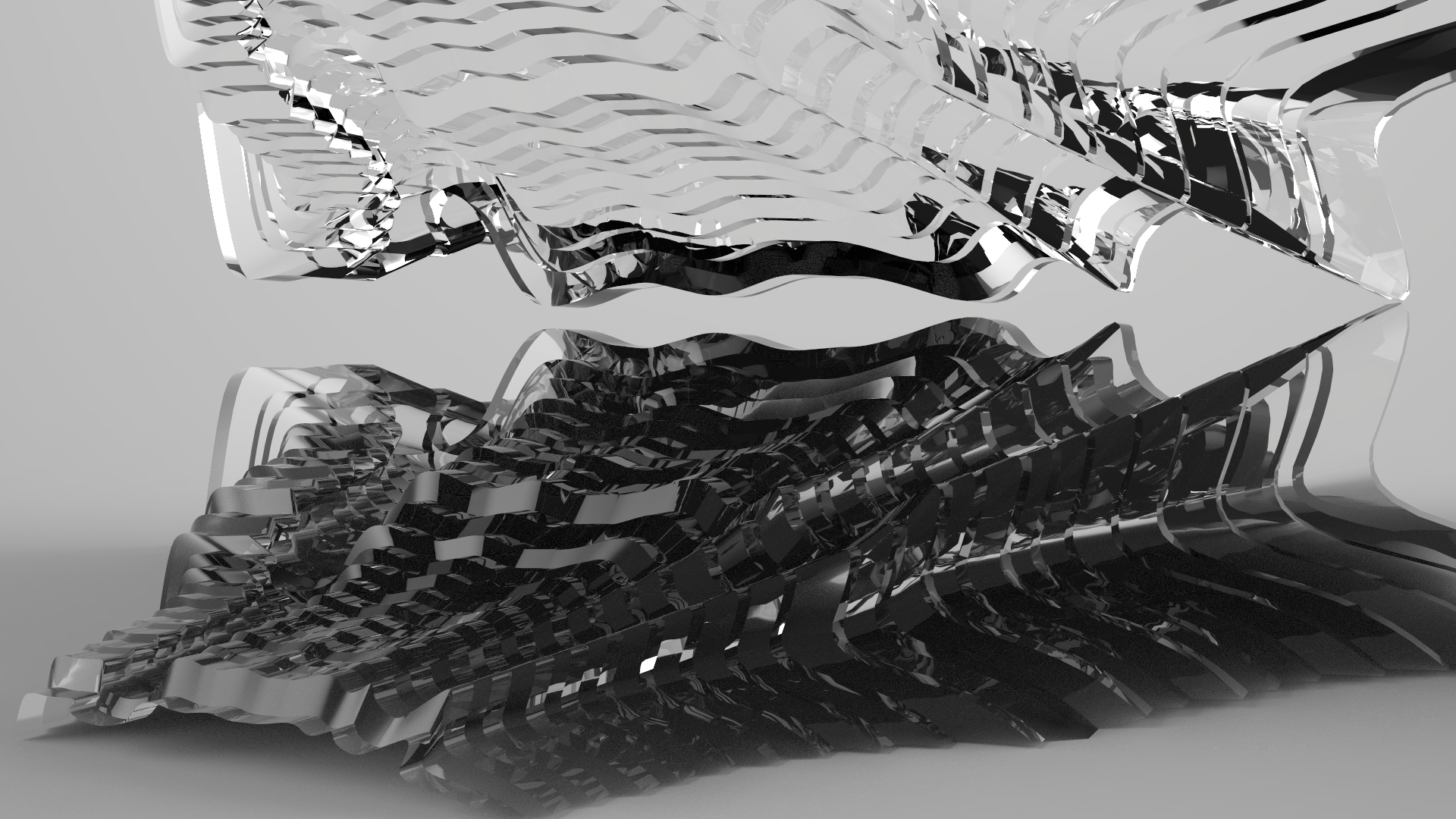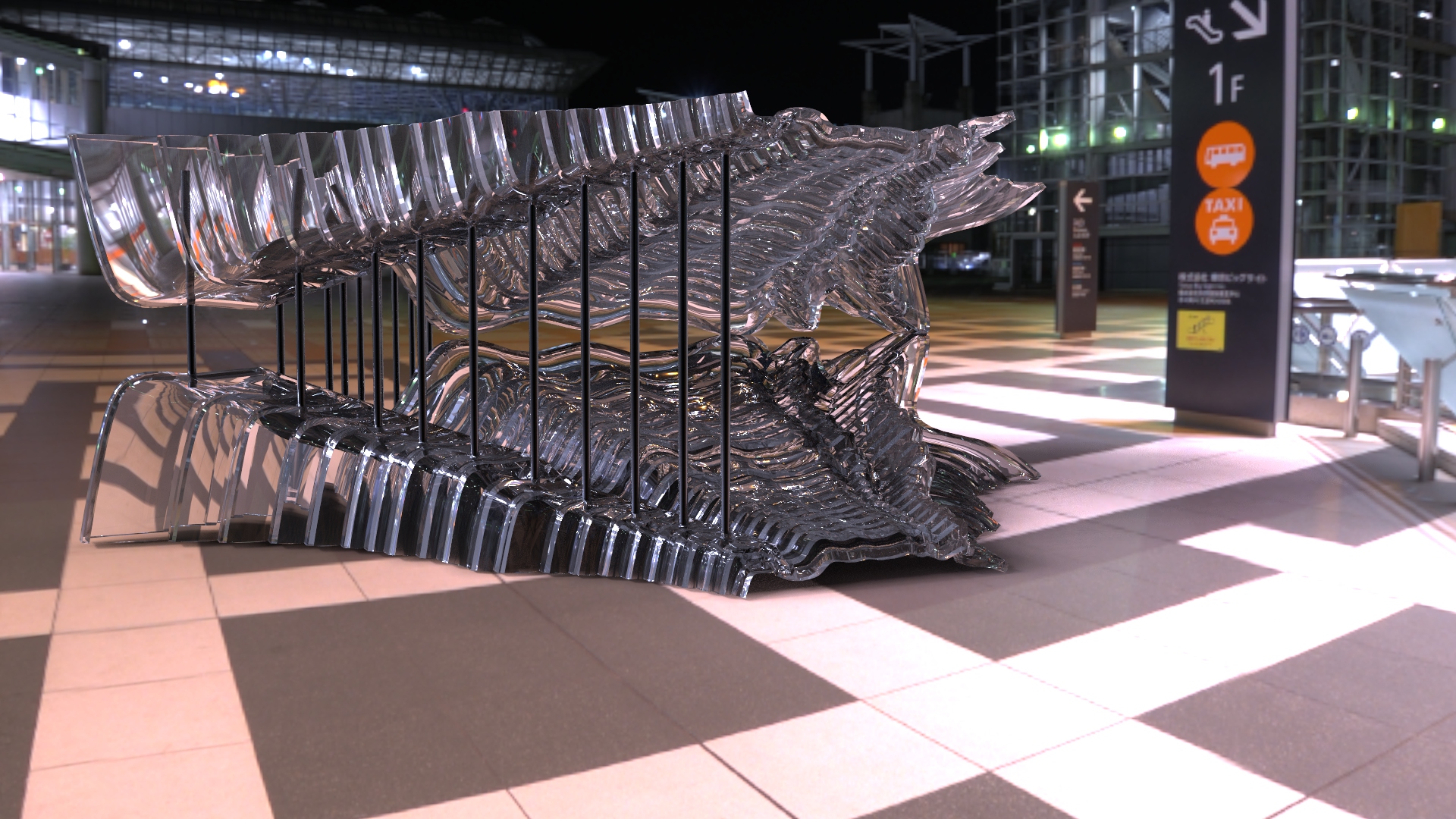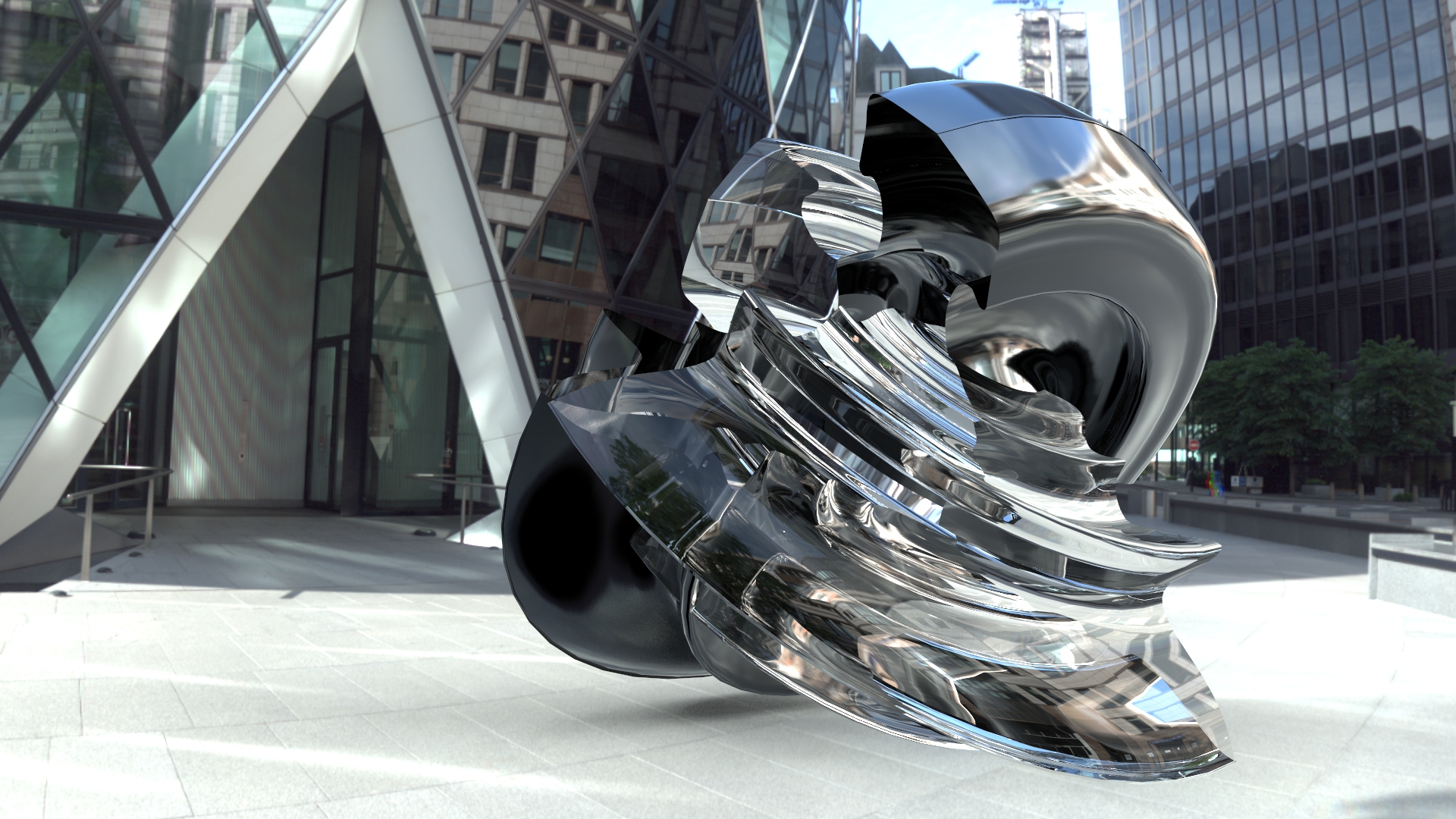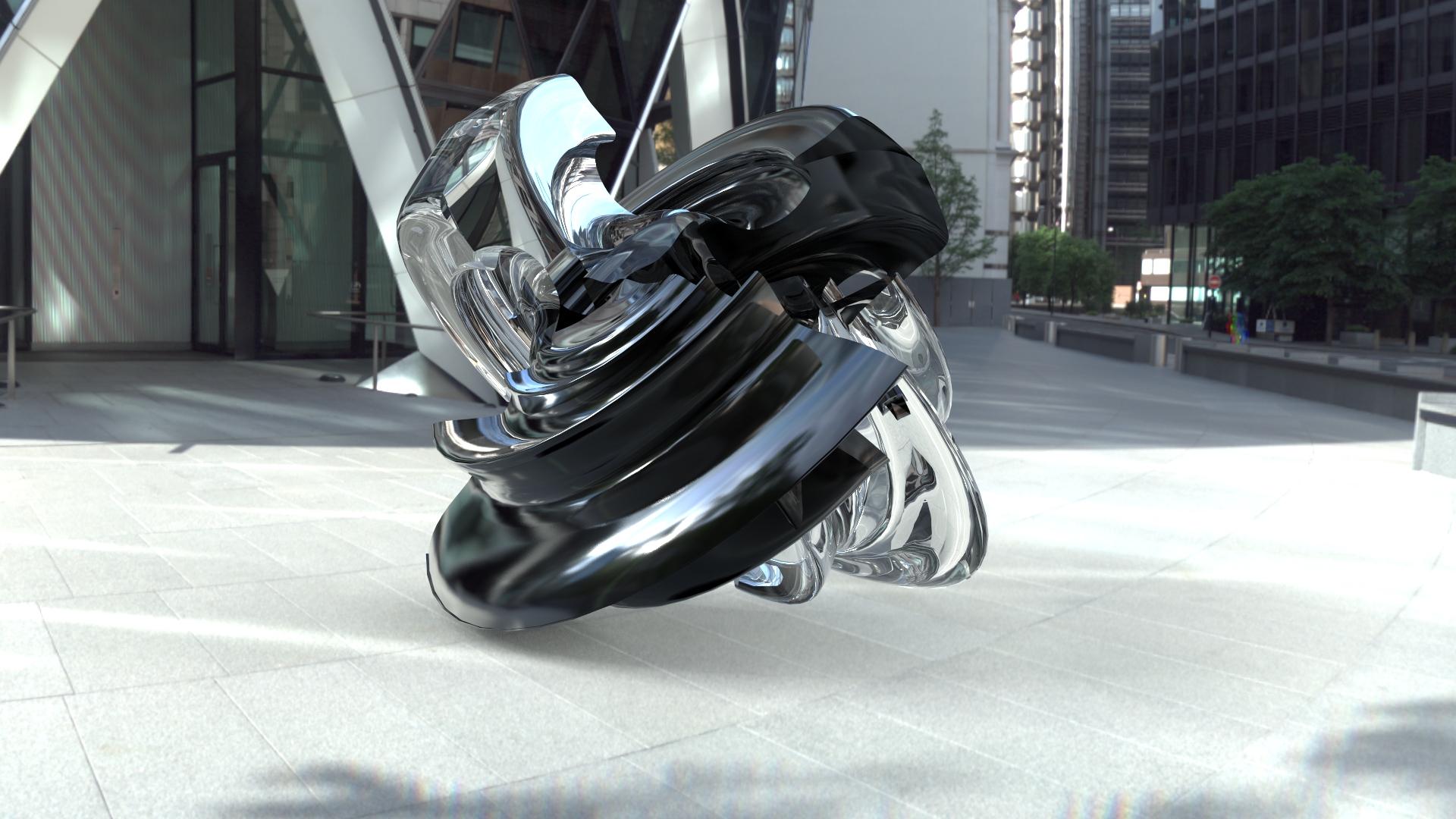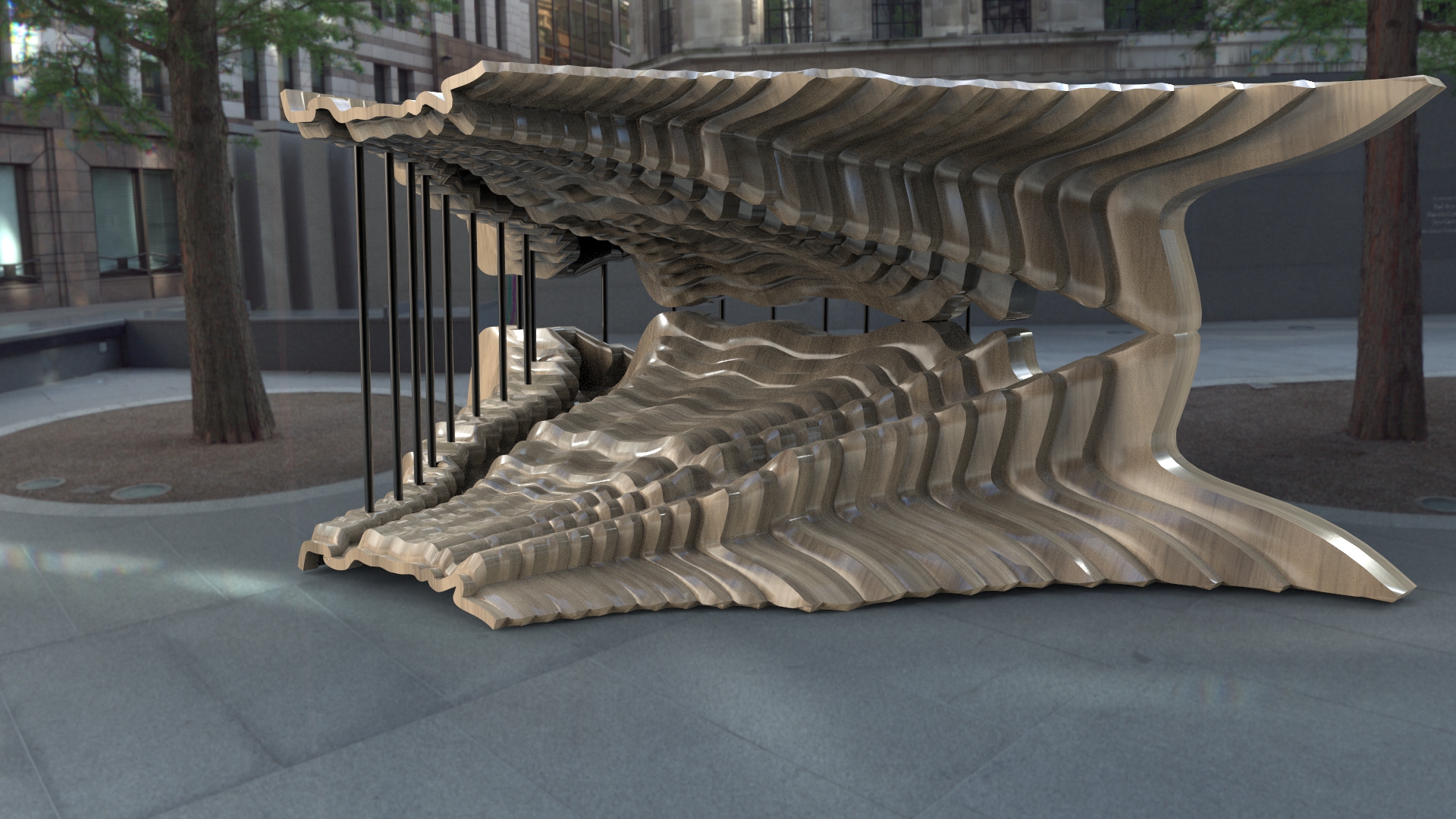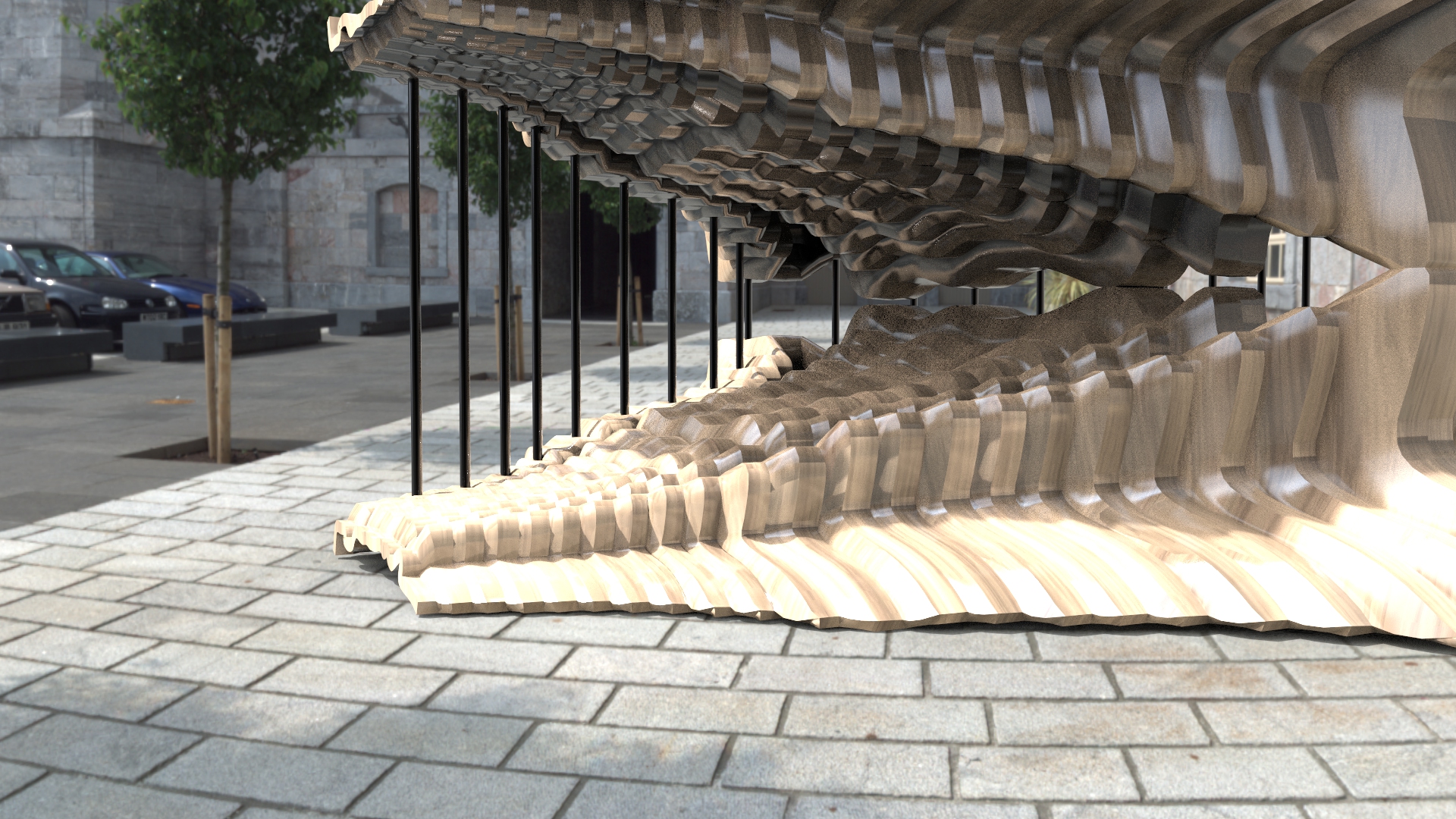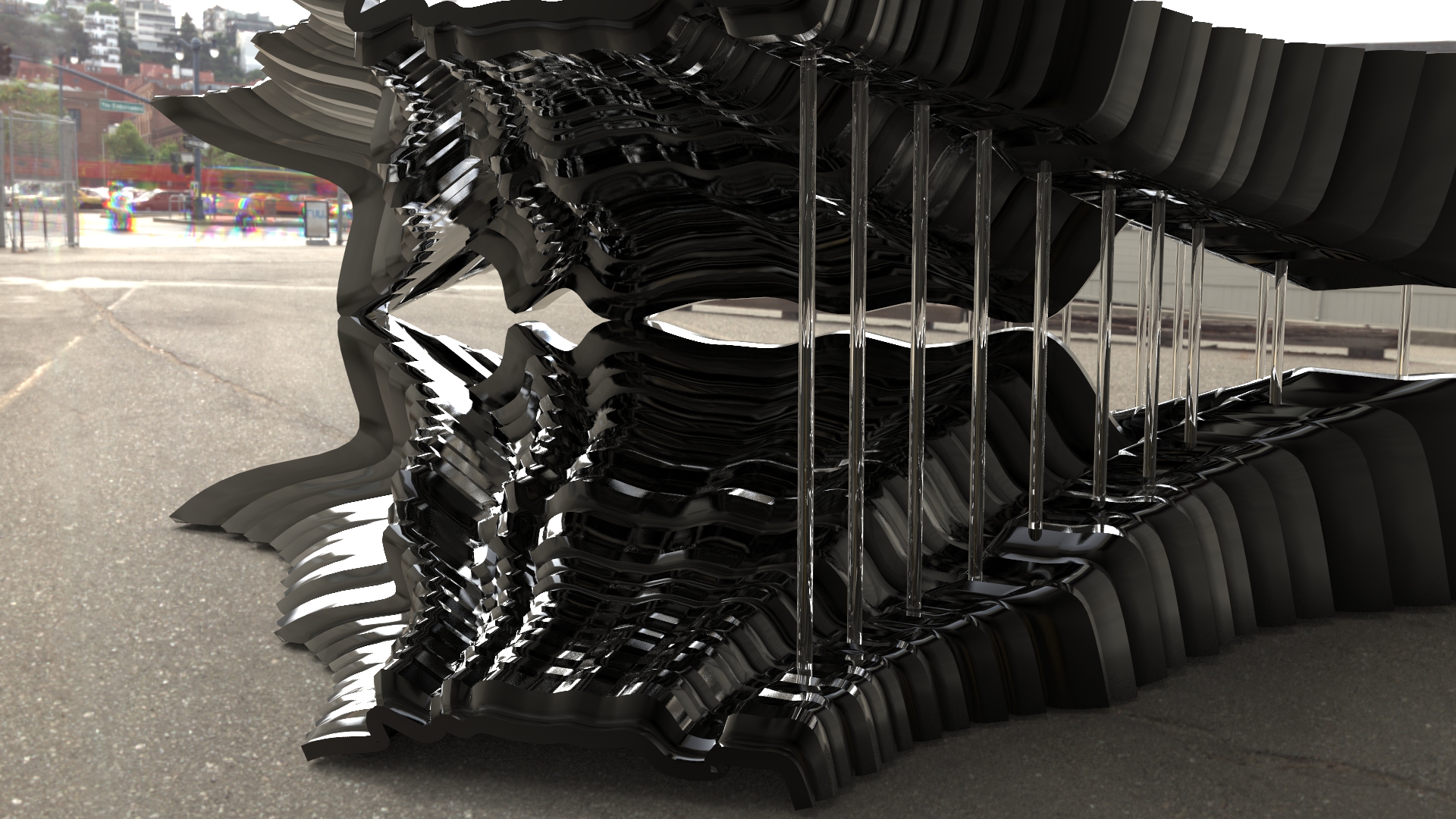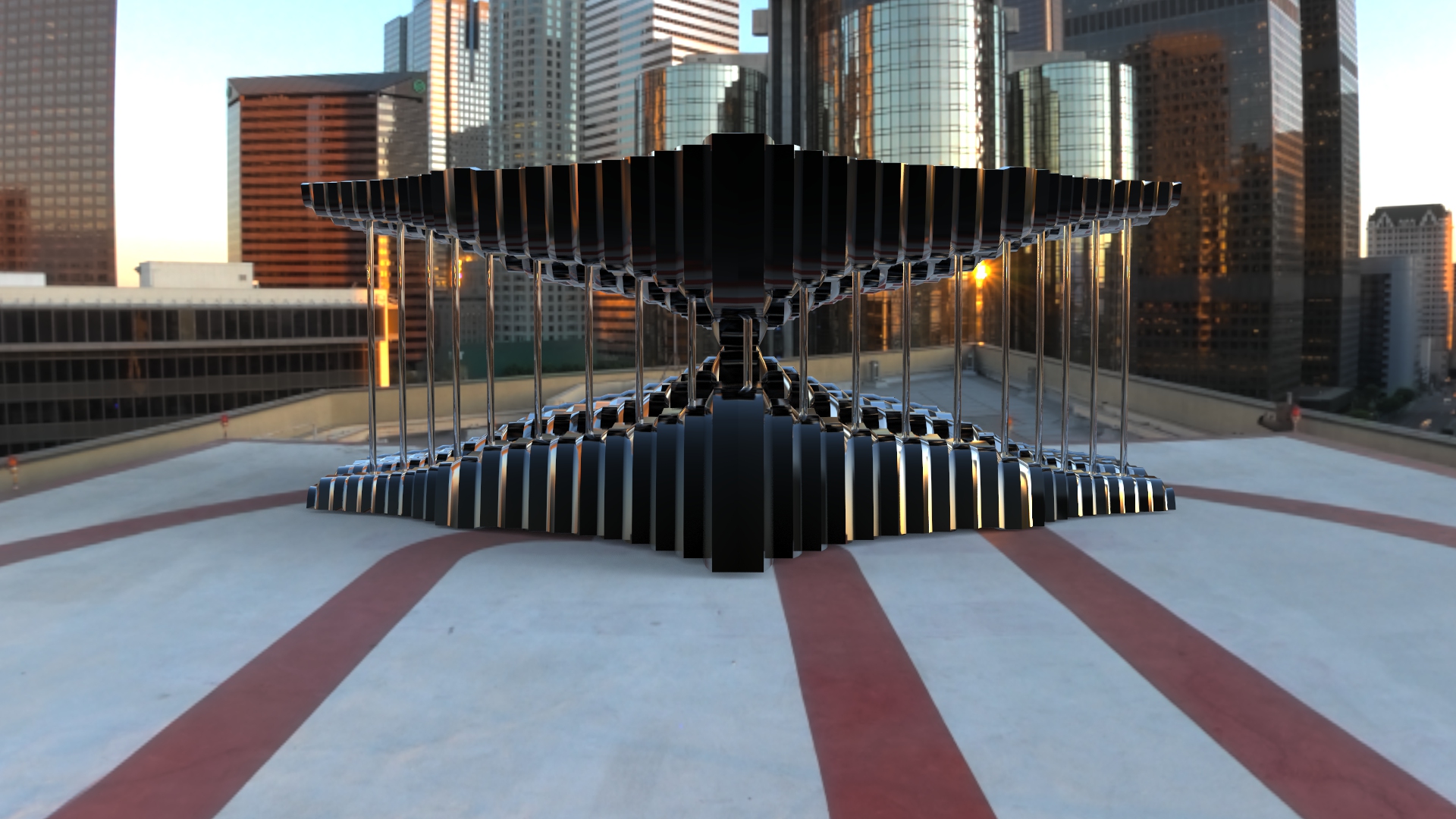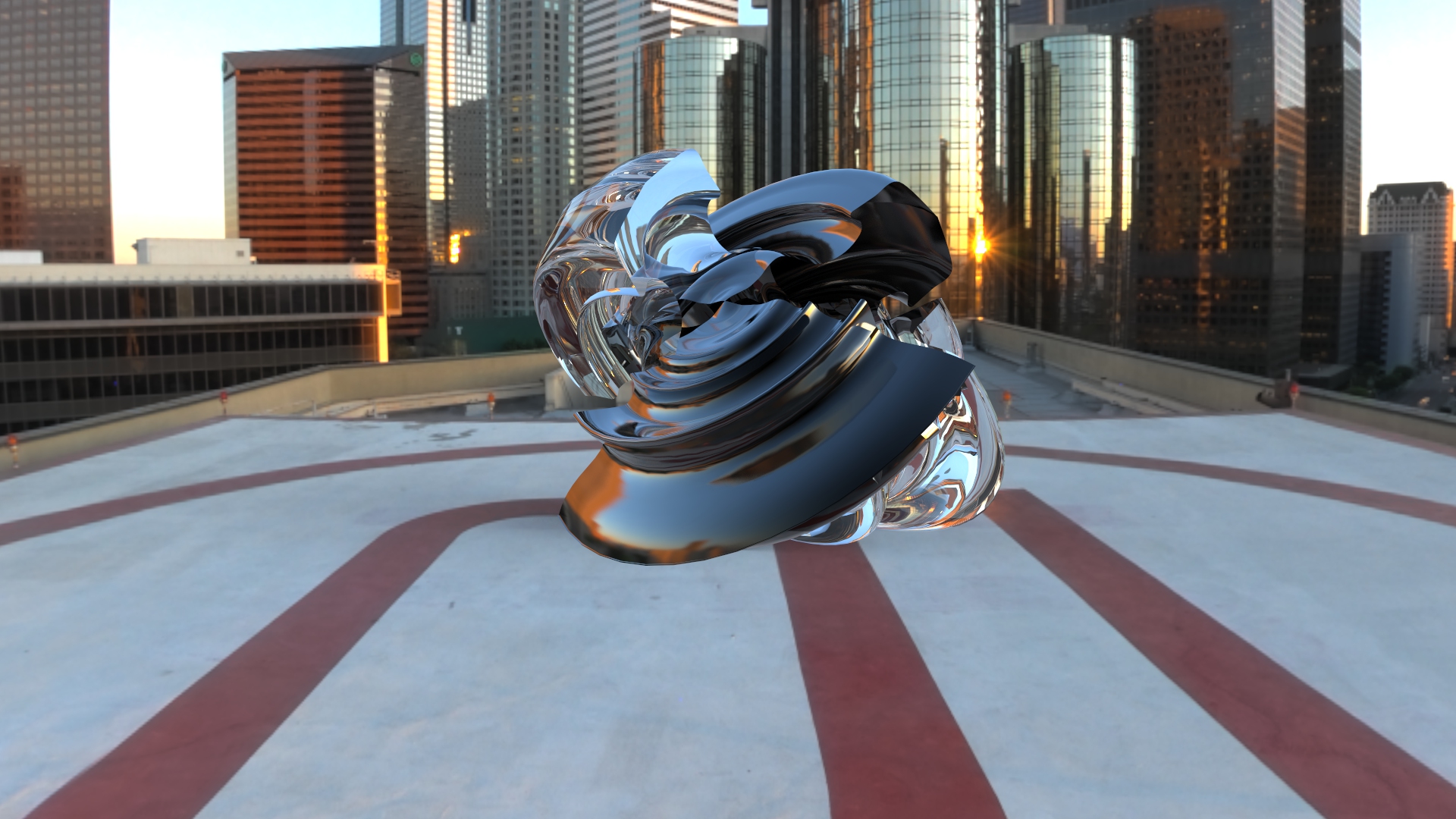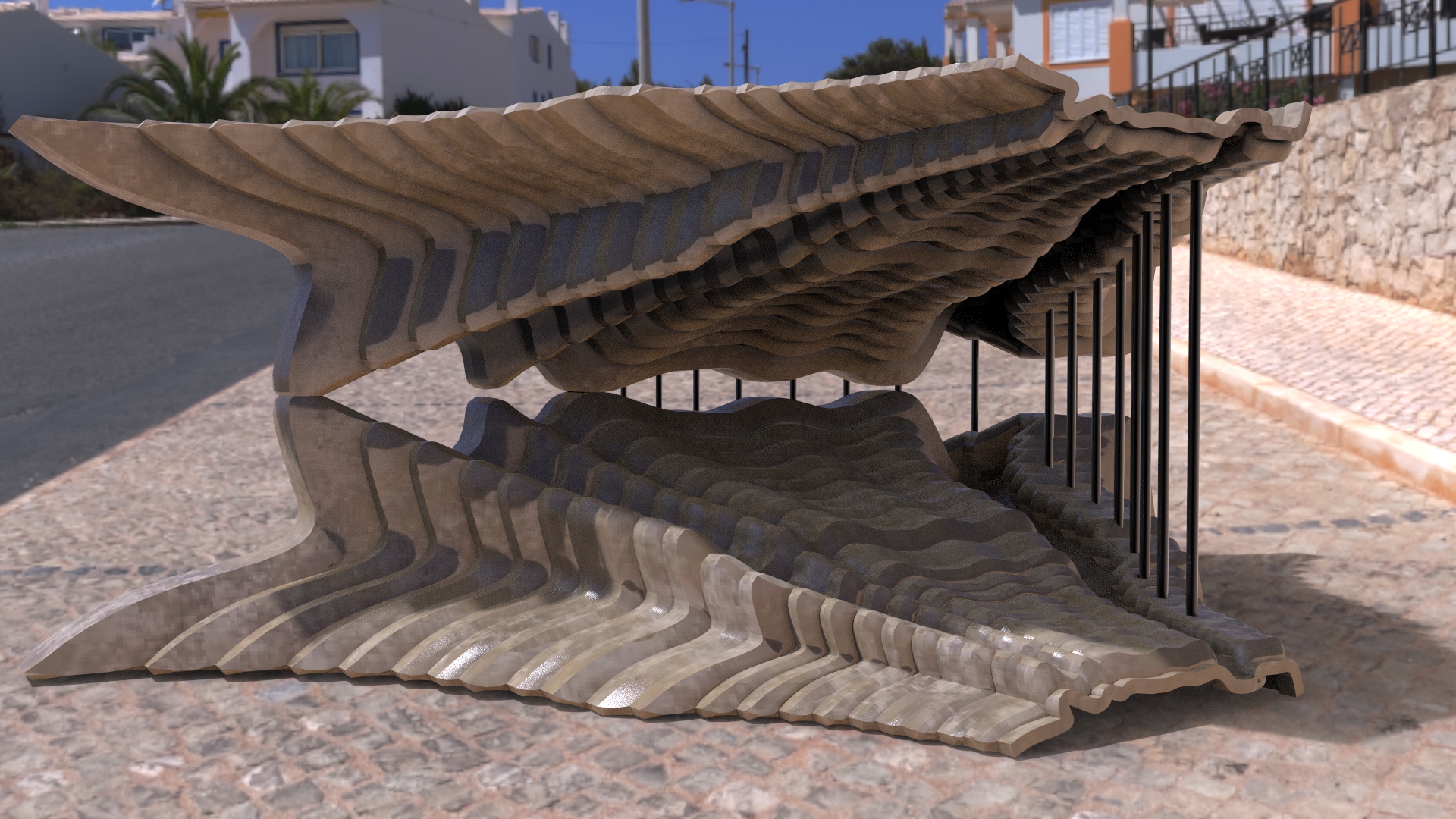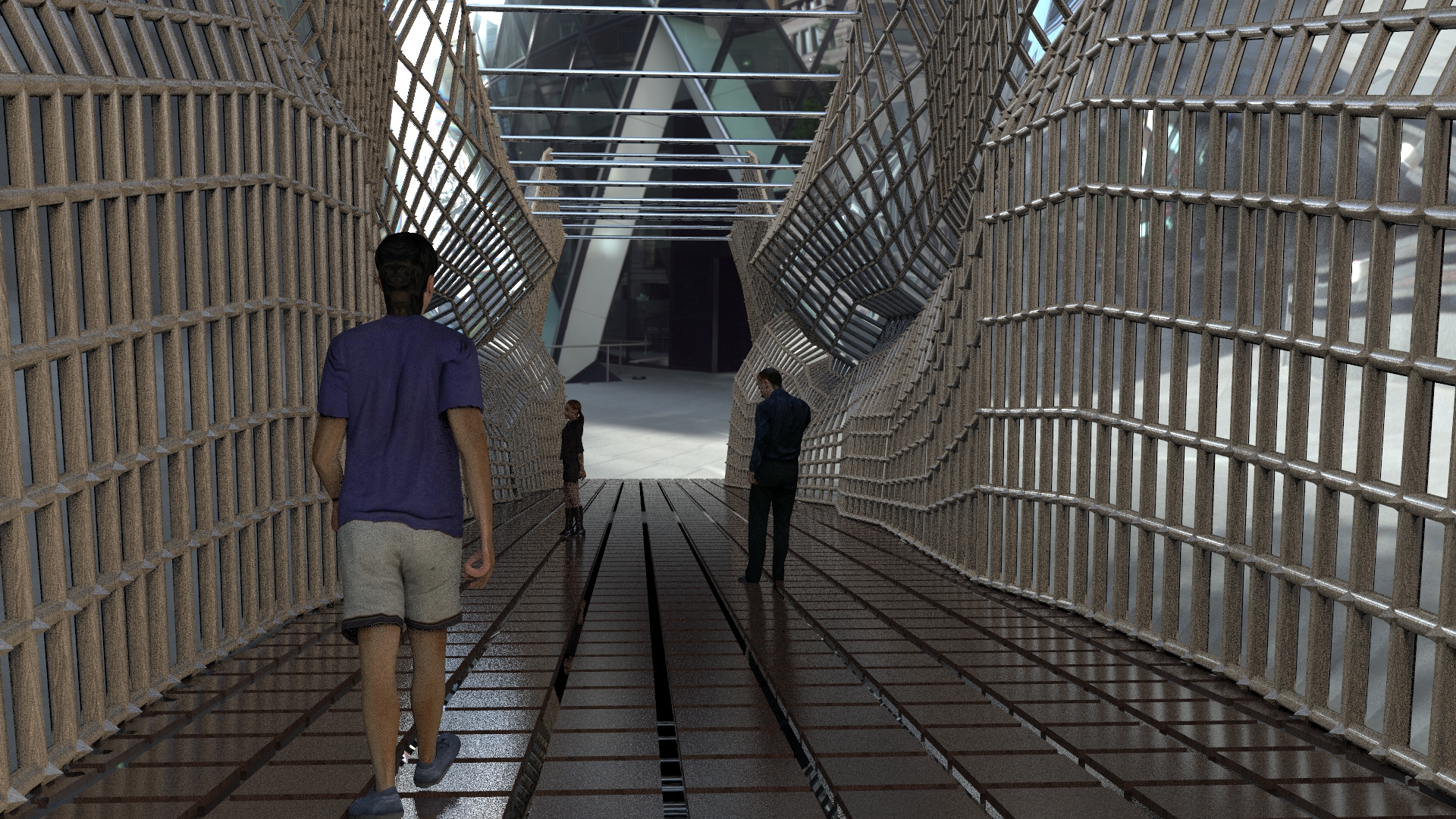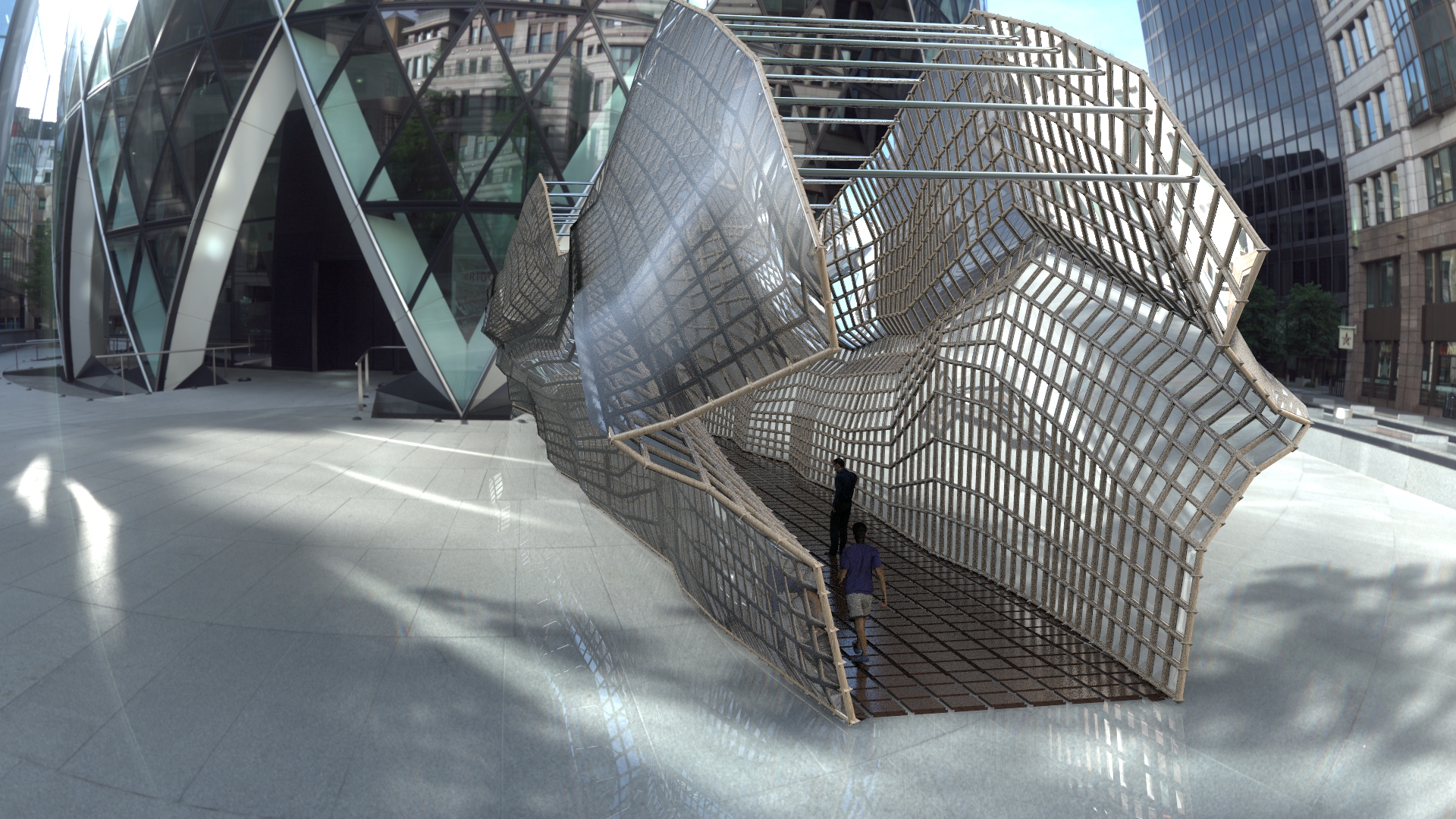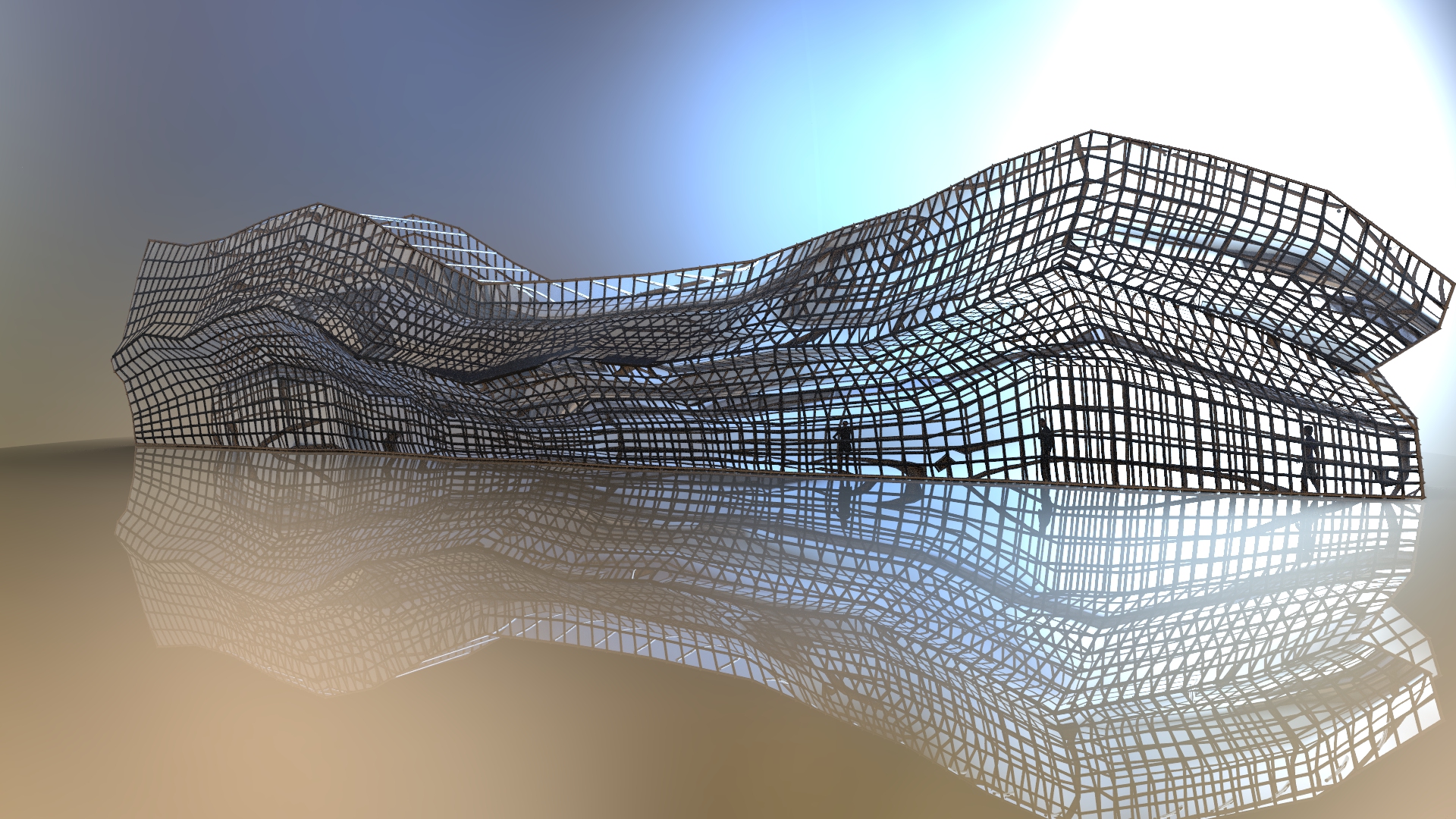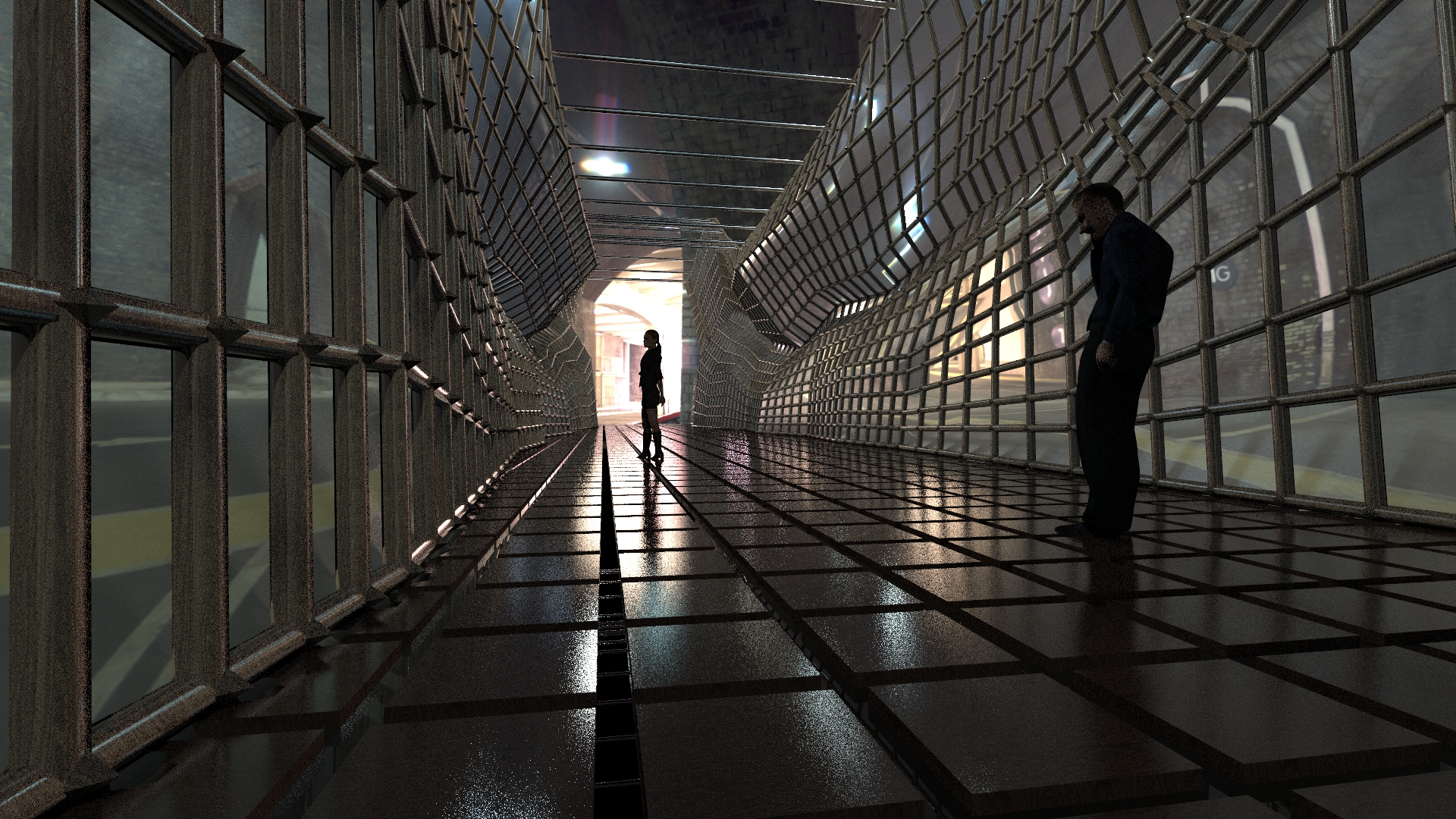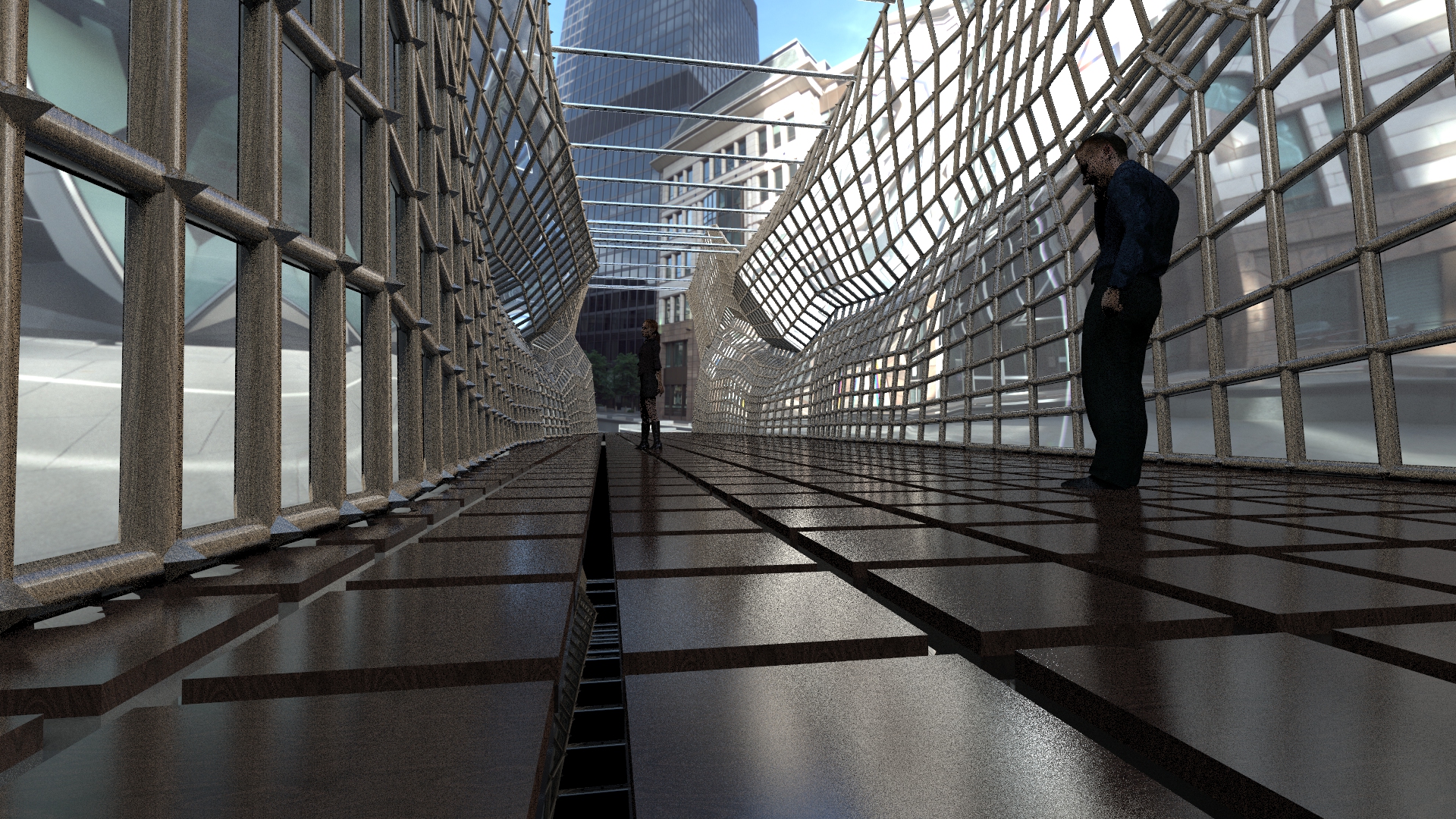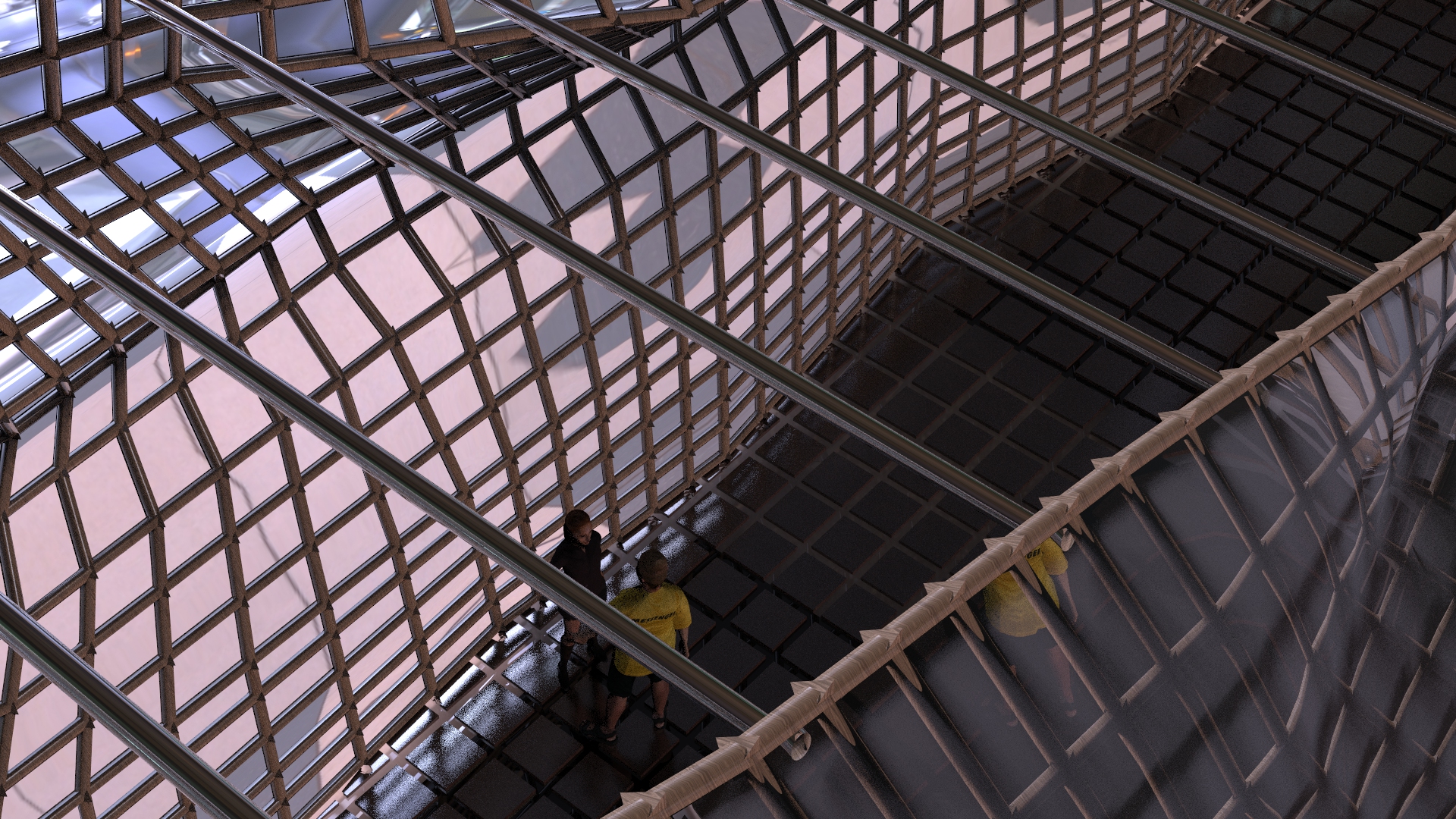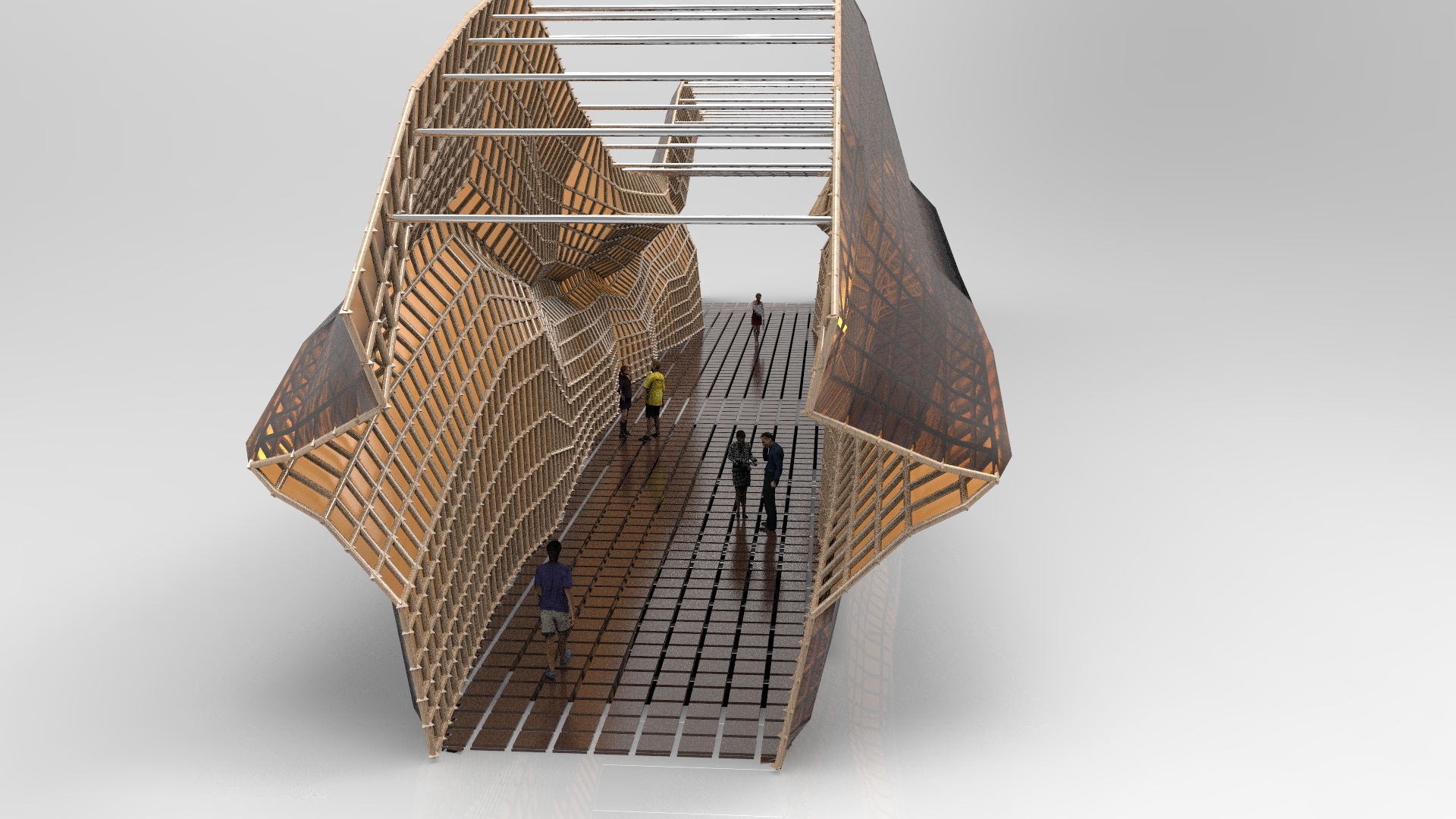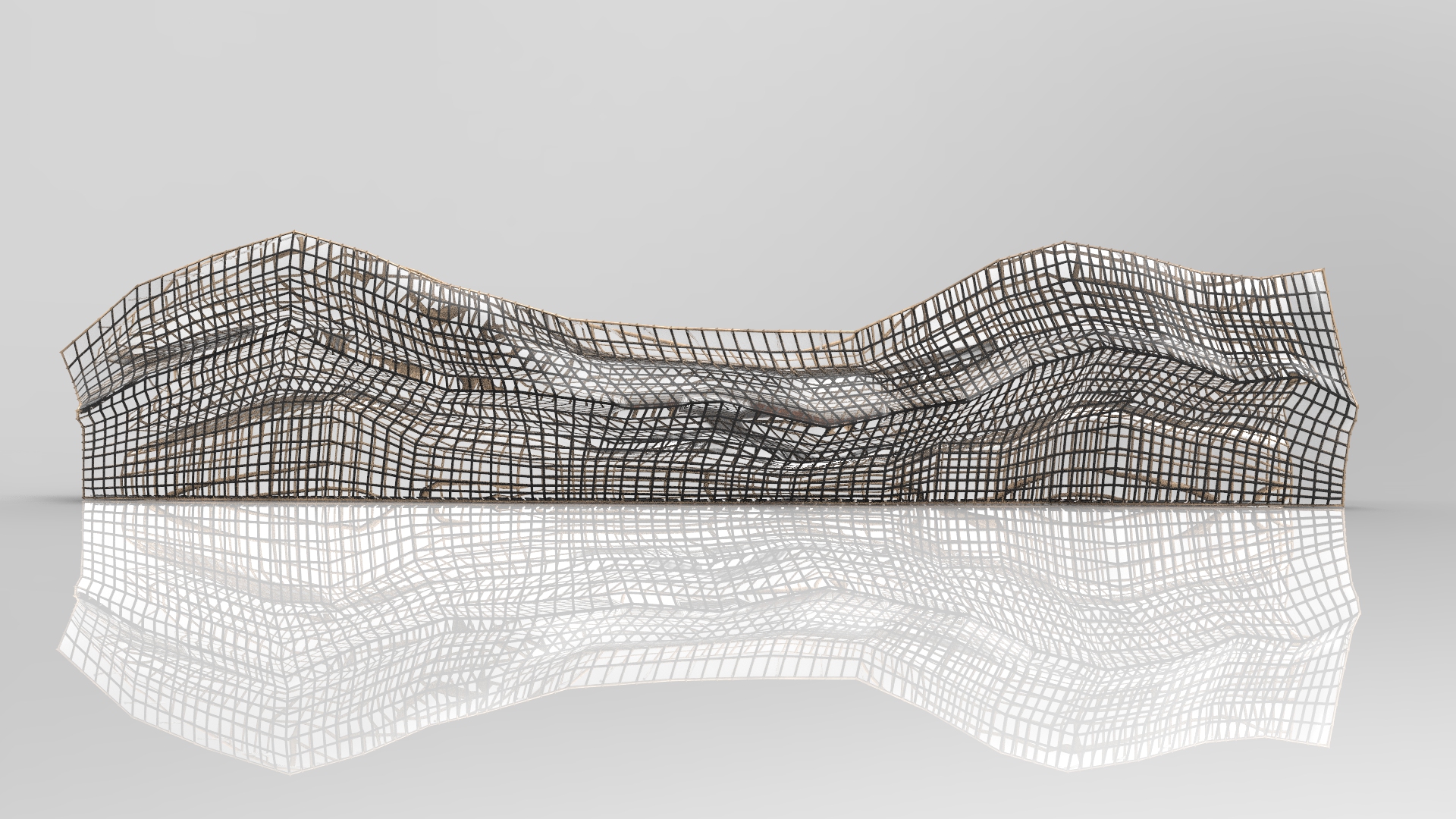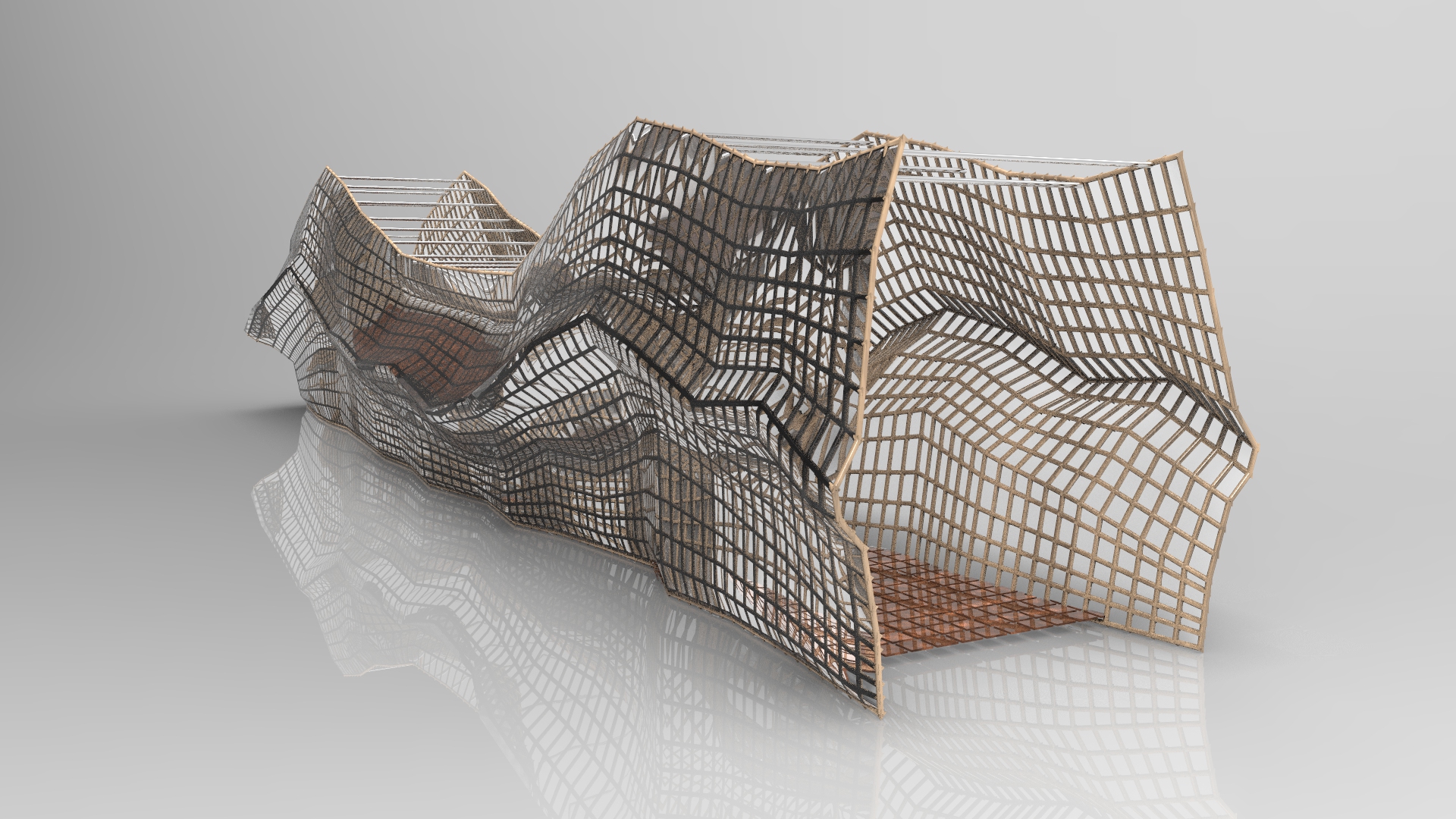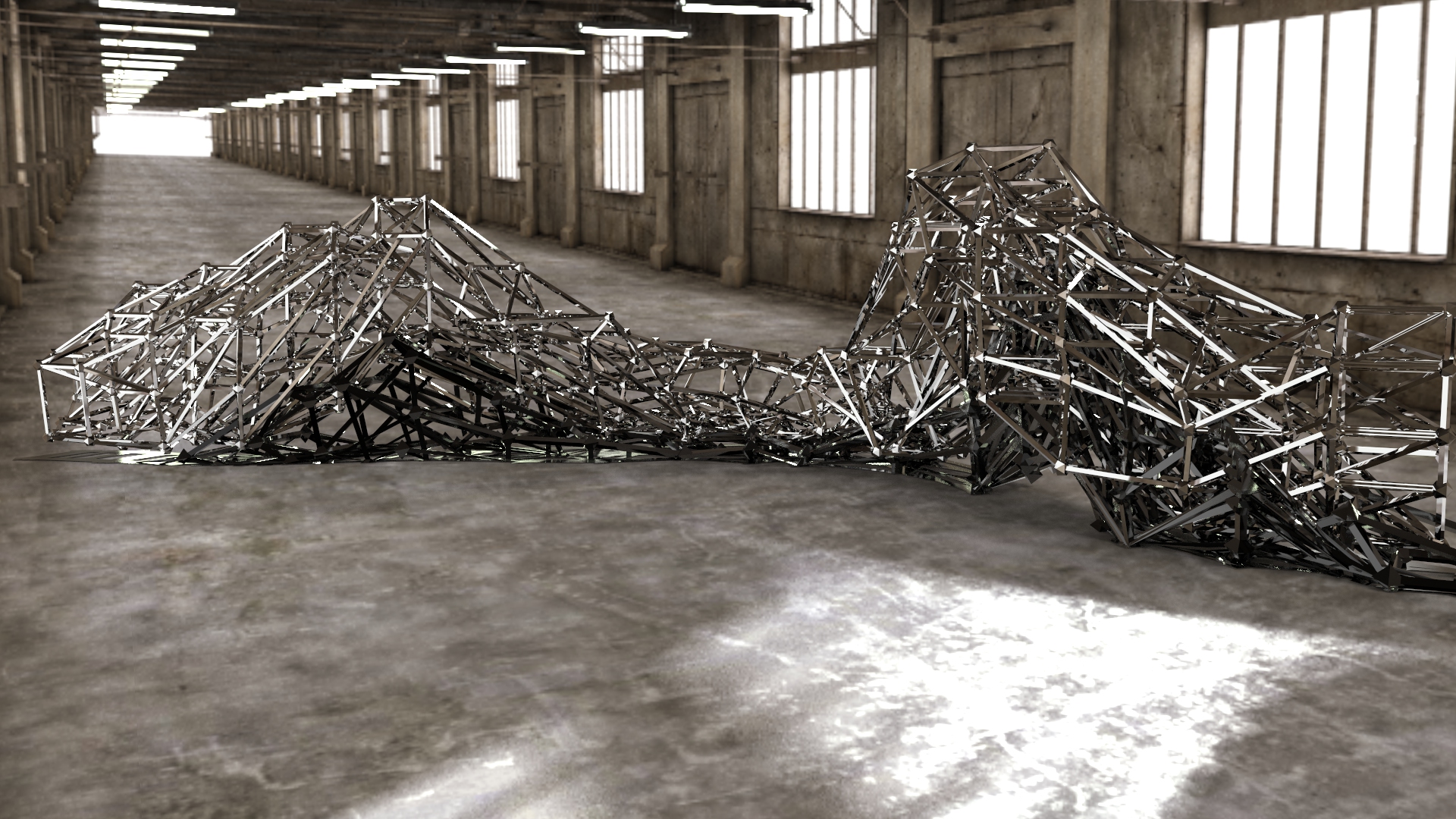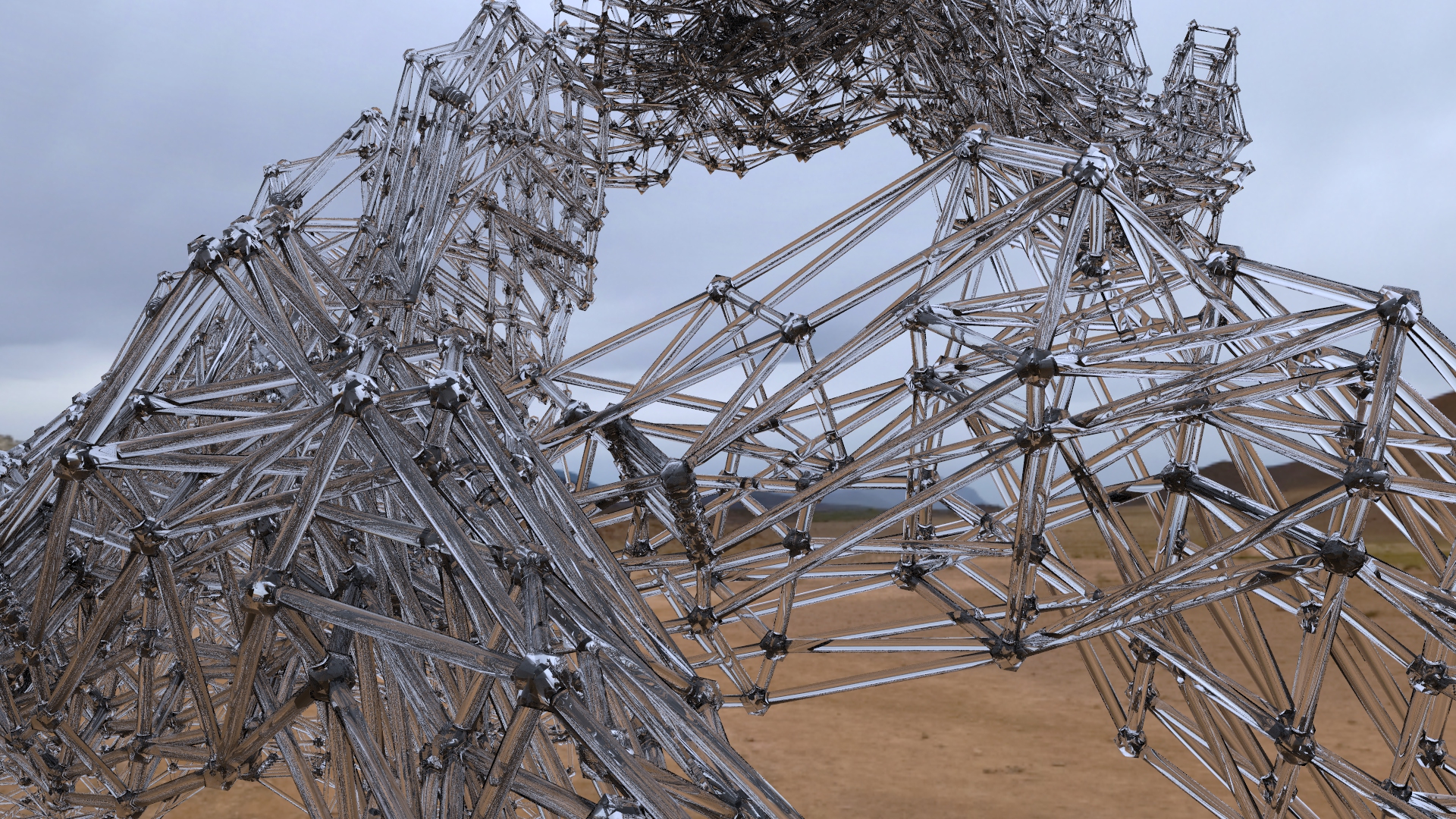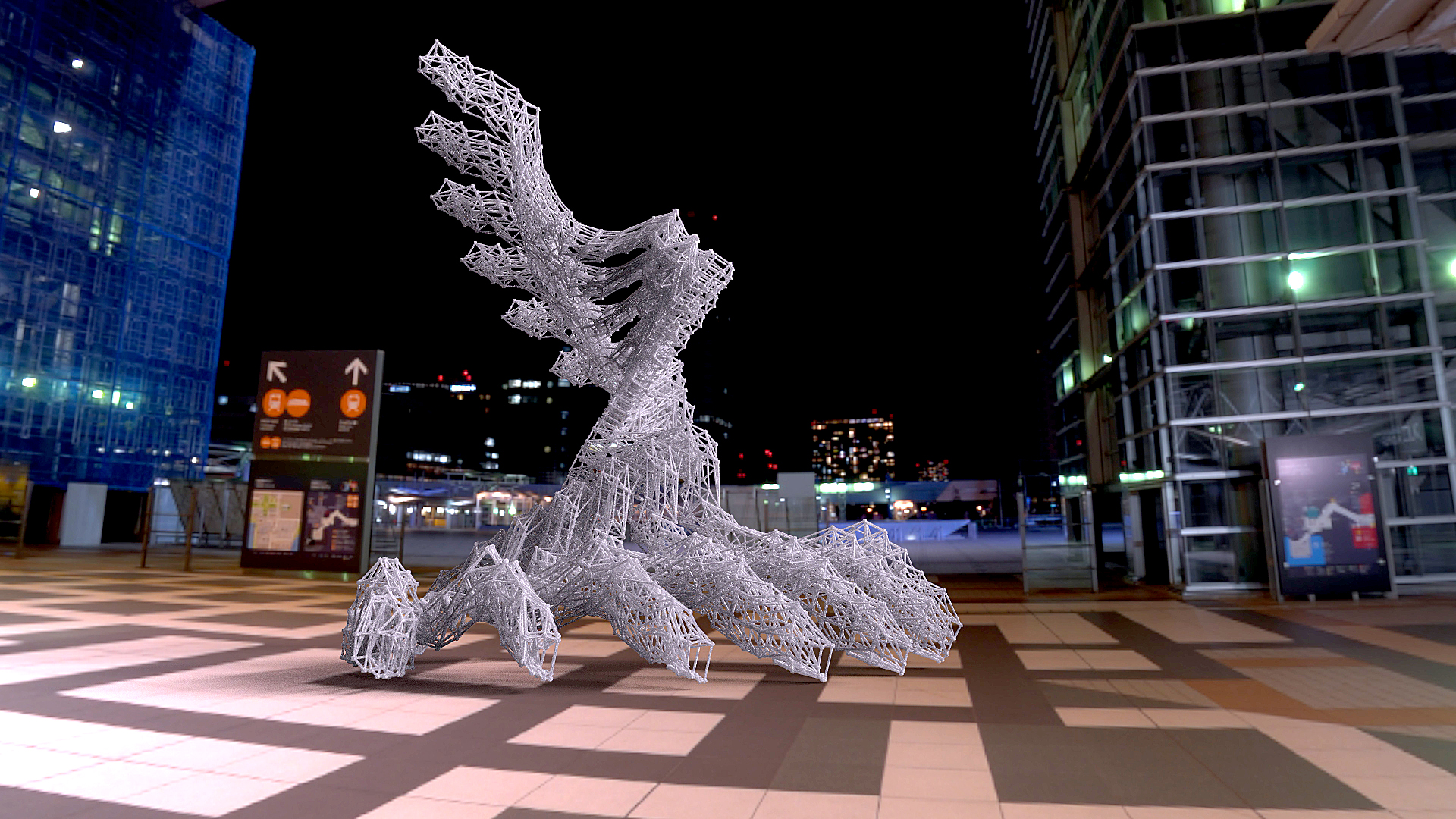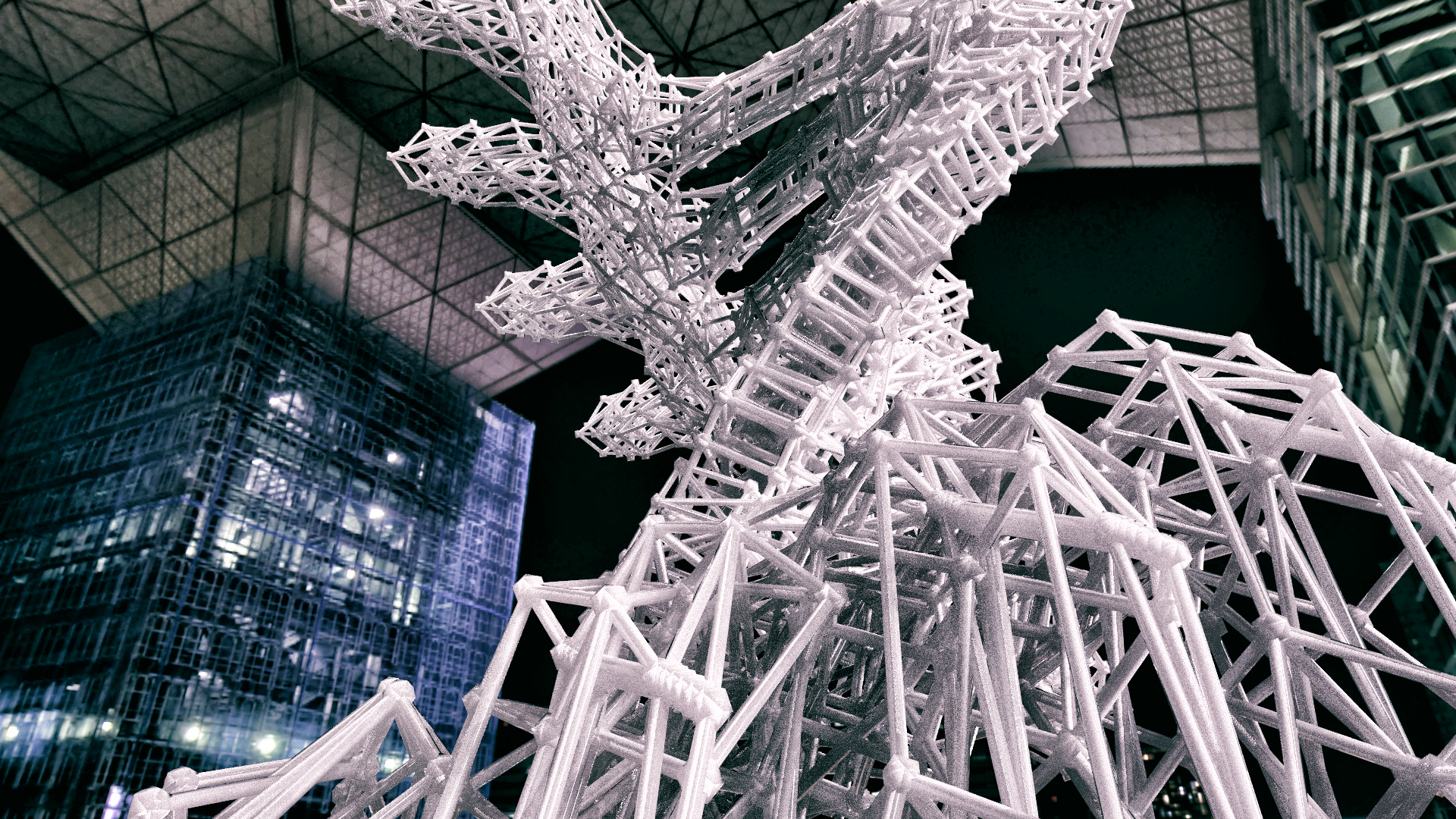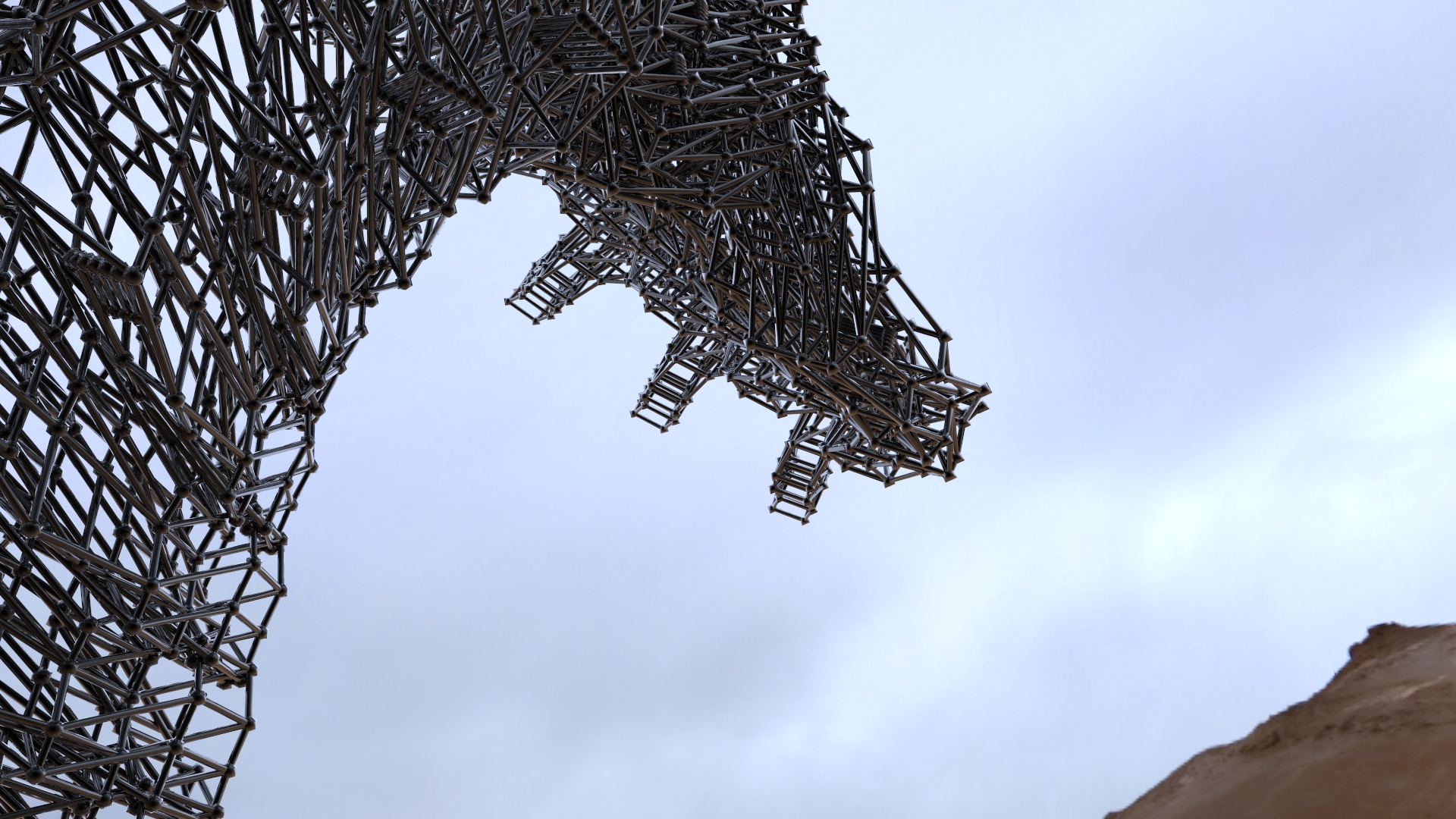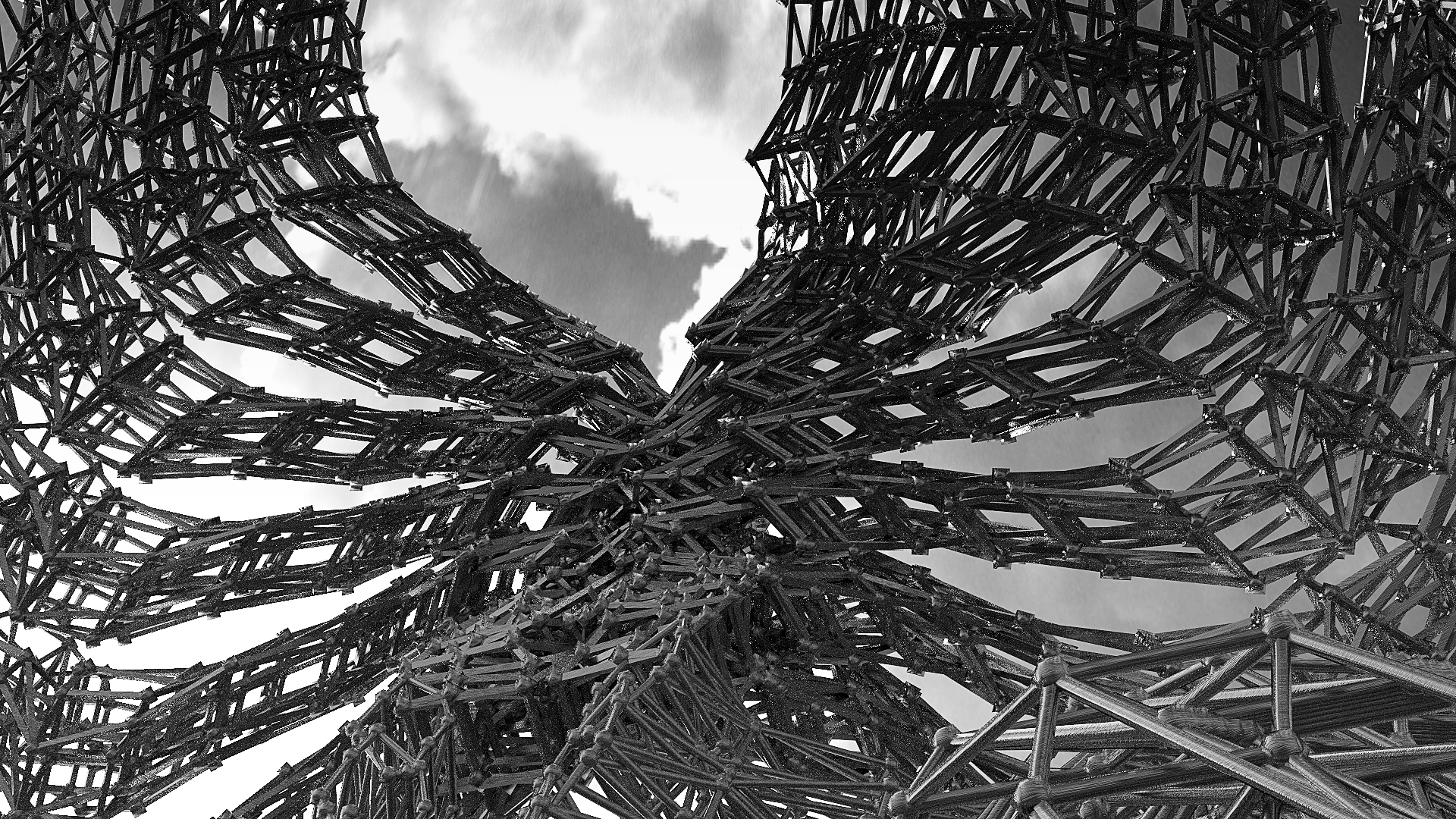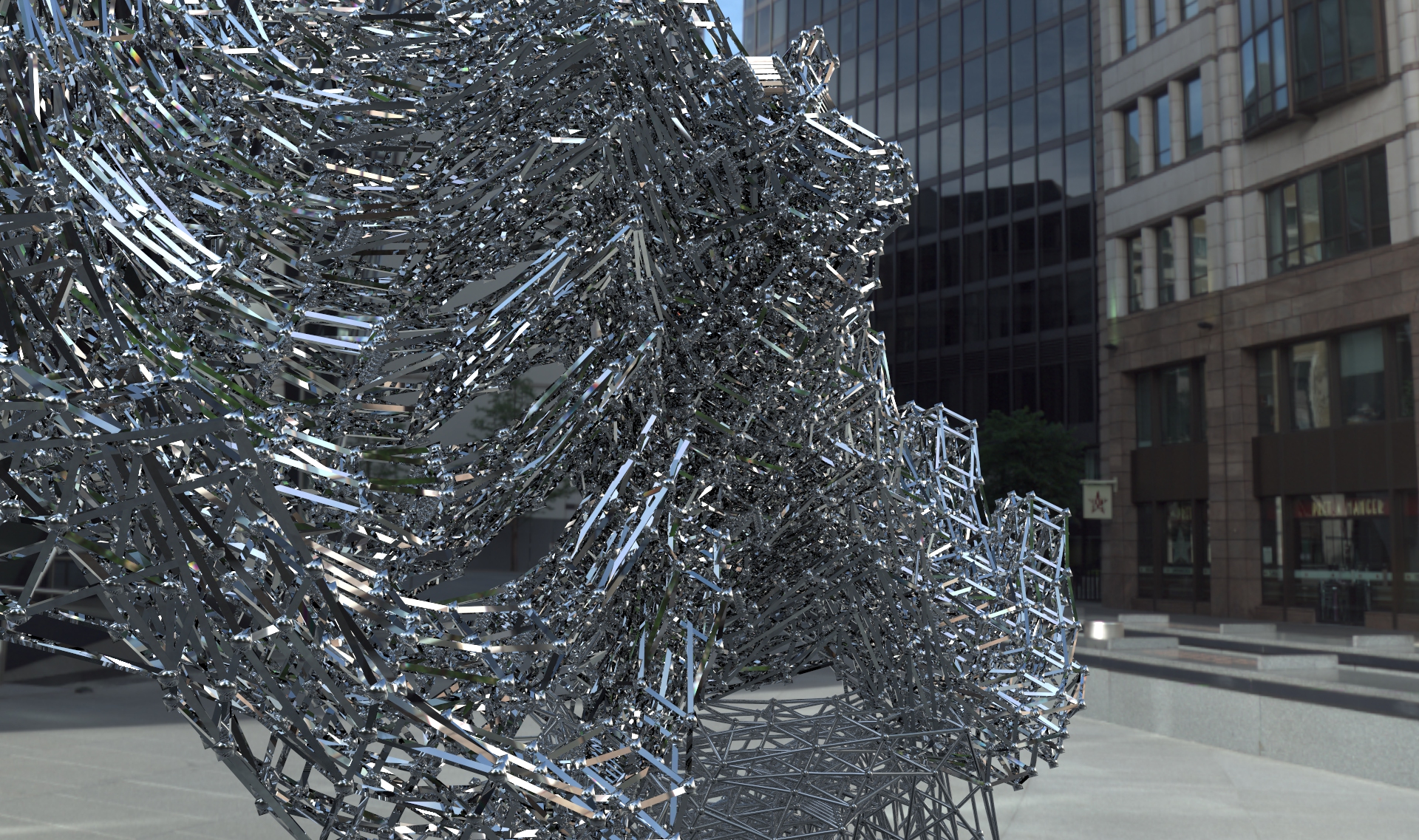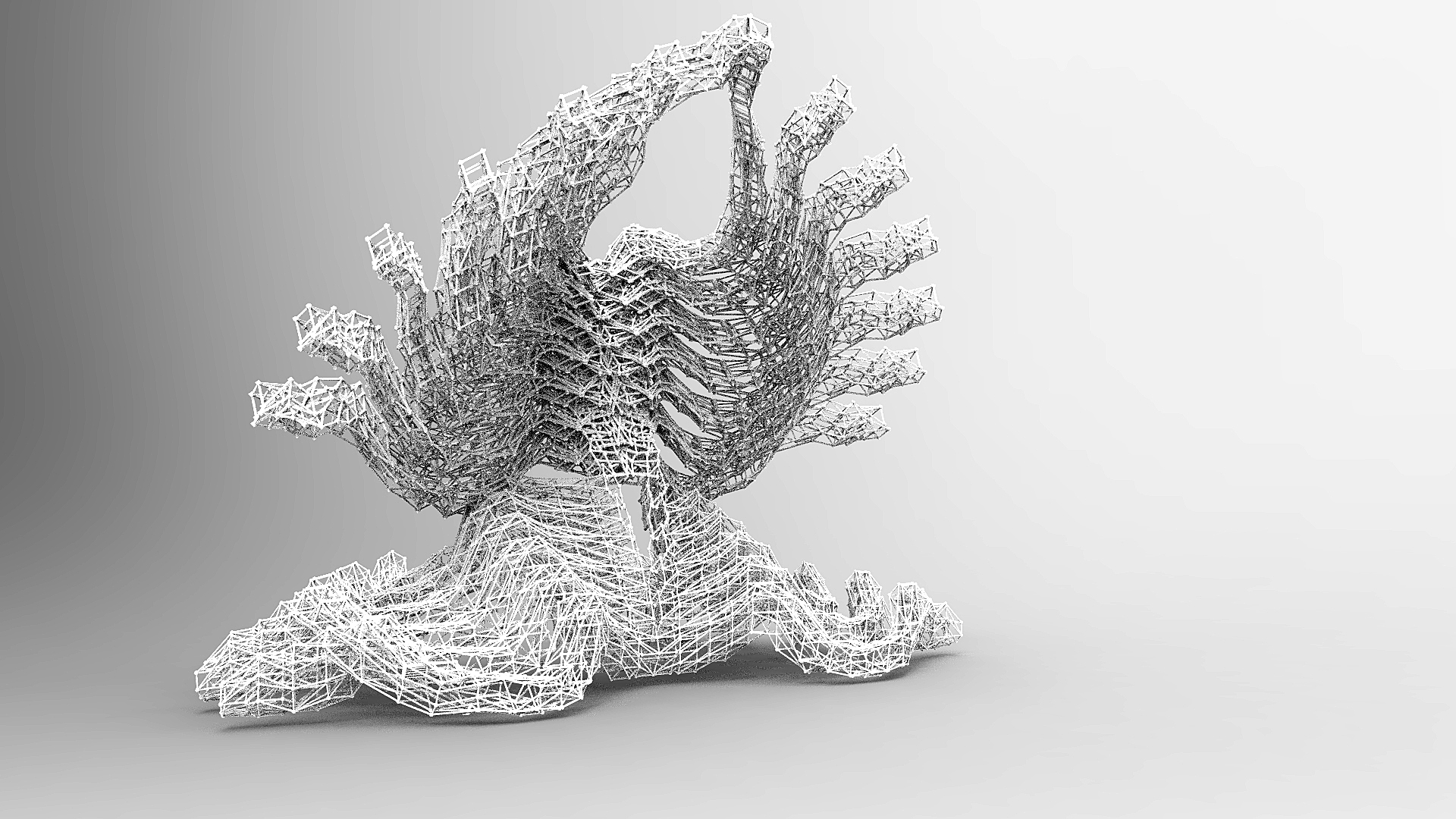Hello everyone and welcome to the second post in this series of Architectural Form Exploration. As mentioned in the previous post , the content featured in these mini articles is largely based on the syllabus covered during the first two terms of my Architectural Engineering degree. I feel as I ought to place a disclaimer right here stating that these should in no way be considered a substitute for the academic courses - instead they serve to illustrate some of the concepts and thinking styles associated with the field of architecture from my own perspective. This is an important point - these are my interpretations and attempts here.
With that out of the way let's discuss what the next step past modularisation entailed.
UNIT 2 - Extracting geometrical data from various sources
The next involved the recording, whether photographically or videographically, of a predetermined motion through space. I initially considered stroboscopic photography methods to create a ghostly flow. Though this was abandoned at a later stage, it lead to some simplistic form exploration with some preliminary structures generated from these simple analyses :
As evident from the gallery above - I essentially imported a a particular stroboscopic sequence into a series of intersecting planes within 3dsMax. I then drew a simple spline connecting the head point of the featured figure and repeated that method for all planes. With the spline intersections I began lathing geometry around those splines to create the introductory structures featured in the gallery below. The following structures were rendered in Keyshot :
The above structures were generated using a single variable from the stroboscopic capture, and as such couldn't be considered particularly complex or analytical, but even under these circumstances I found it pretty interesting how a number of forms could be developed from a single spline. It was definitely a learning experience and one which was developed further in the following example, where I took the 4 lines traversing the stroboscopic image (head, shoulders, knees and feet) and generated another longer structure designed to act as a walkway (between two buildings for example) :
This proved to be an interesting point for me as it was probably the first time that I had followed such a design methodology and it was quite fascinating to see the potential structural forms which could be extracted from such a fairly simple analysis.
I ended up taking it to its expected extreme in the next few structural explorations - just to get it out of my system I guess. The below structures incorporated an additional influence in that I began considering combining the simplified data generated from the motion with the aesthete of contracting muscles and bones involved in generating the movement itself. Furthermore I was listening to this at the time so it all gelled together -
To generate the above sinewy latticeworks I utilized the same methodology as the previous structures using a different set of photographs of a similar motion (which was essentially jumping into the middle of the room in the Z+ plane and back again forming a general arc in terms of traversal) with similar connecting lines drawn between each 5th image. I created a surface from these lines and then essentially applied a lattice modifier. Once I had generated the initial latticework shape I just started distorting it in space and generating a series of different larger structures, such as the almighty 'robot' hand evident in the slides above or what I ended up calling 'The Edifice', primarily because it reminded me of a sort of alien robotic totem or something along those lines.
I found the general exercise quite illuminating while coming to terms with the concept that data can be gleaned from everywhere and that understanding this is very liberating in terms of the creative potential it allows. I proceeded to explore this further before finalizing the project and I'll be going over that in the next post.
Until then, I hope you've found this exploration to be useful. Let me know your thoughts in the comments and thank you in advance for your support!
